
Porsche 912s have always been a popular modification base. Easy to come by, lightweight, nimble and more affordable than the same era 911, it’s easy to see why.
But over time – and especially in the last five years or so – things have changed dramatically. As with many performance cars of yesteryear, the humble 912 has become highly sought-after by collectors.

Despite it being an entry-level model of sorts, the 912’s modification and motorsport history runs deeper than most realise.
For consumers, in the mid-1960s you could walk into your local Porsche dealership and spec your brand new 912 with a ‘Factory Rally Kit’, which included anti-roll bars, racing brake pads and a dead pedal rest. In the racing world, privateer Sobieslaw Zasada won the 1967 European Rally Championship for series touring cars in a Porsche 912, and over the course of the entire season scored more points than the factory-backed race team.

Of course, there are limits to how far you can go with stock 912. While it’s a light vehicle to start with (968kg/2,134lb), the 90hp four-cylinder boxer out back does not produce a fast car by today’s standards – or even back in the day, to be honest. The traditional solution was to drop in a beefy six-cylinder 911 motor, pretty much going the ‘outlaw’ route, something that’s become even more popular in recent times.
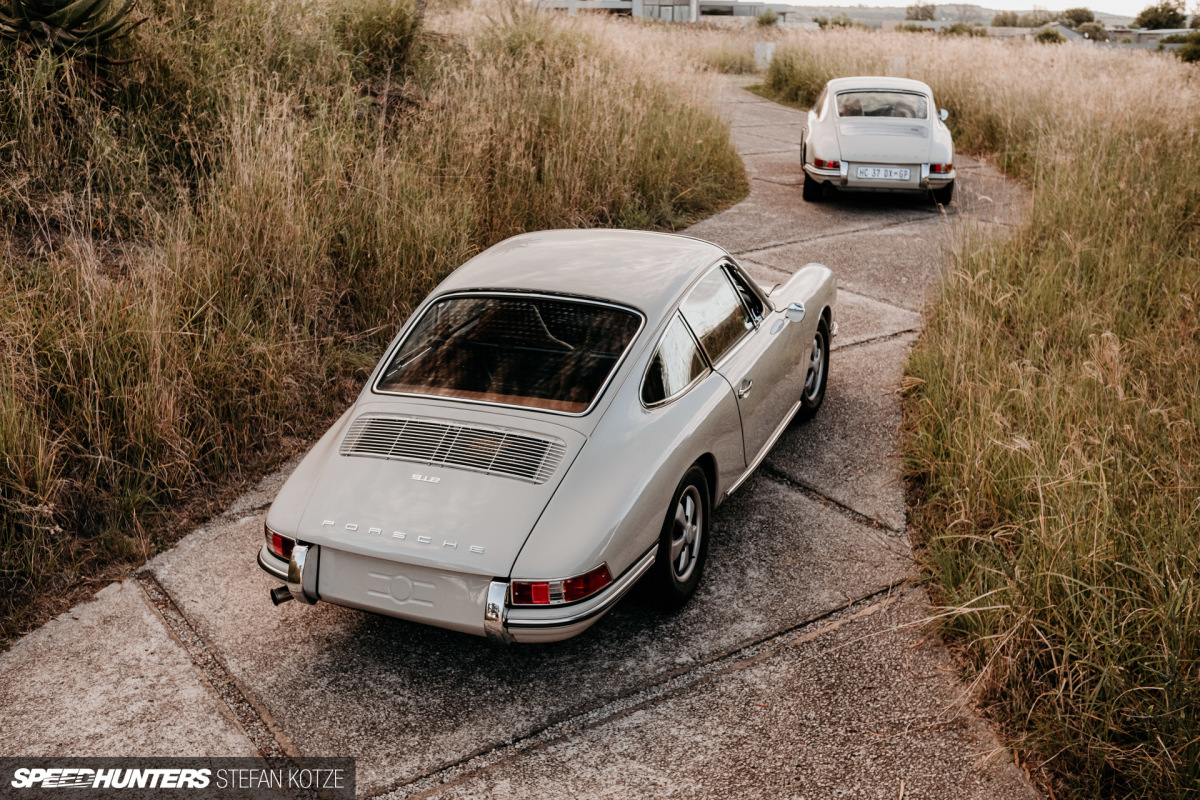

Once upon a time, building classic Porsches the outlaw way was all about going against the grain and being different, but just like a lot of trends in the automotive world, it’s become so mainstream now that keeping things more original with your 912 is almost refreshing. Lightweight, quick-revving and fun – just as it was meant to be.

Gavin Rooke from Dutchmann in Johannesburg, South Africa has built 912s both ways, eight years apart. So which is best? Let’s take a look…
CHAPTER TWO
The OG Build

In 2013, inspired by the sporting heritage of the 912, Dutchmann built a one-off 1968 car with a 2.8L six-cylinder 911 engine and numerous other 911 components, and raced it through the Kalahari Desert.



This 912 was featured in Classic Porsche magazine, and Gavin instantly garnered five client orders from around the globe. Twenty six builds later, Dutchmann now exports Porsche 911 and 912 ‘Weekend Racer’ complete cars, upgrading performance, safety and reliability, but only using original Porsche and a select few other components.

“Simple is hard,” says Gavin. “Our objective is to make each car totally unique by changing as little as possible.”
This approach was recently put to the test when a Malaysian client contacted Dutchmann with a request to build another Weekend Racer using a 1967 Porsche 912 donor. Initially, the client specified a six-cylinder 911 engine upgrade, but given the car still had its original four-cylinder engine out back, Gavin’s suggestion was to retain that and keep the numbers matching, then focus their attention on other ways to improve performance. “This comes down to two simple factors – less weight and more power,” he says.
The client agreed, and Dutchmann set out to spec and build the ‘perfect’ Porsche 912.
CHAPTER THREE
Simple In A Complicated WayFerry Porsche once said: “It’s a basic principle in automotive engineering. The power-to-weight ratio determines the performance capability of a car.” Gavin adds to this, “The lazy approach is to simply add more power, whereas the more astute approach is to strategically remove weight. Not only do you gain in speed and acceleration, you also gain in overall handling.”

A 911 six-cylinder engine is significantly heavier than the 912’s four-cylinder, so while a swap can net you around 90hp extra you’re also adding around 100kg in weight. Obviously, this weight also sits at the rear extremity of the car which fundamentally affects its handling.
In this instance, the four-cylinder engine was fully rebuilt using larger pistons, a custom crank and camshaft, increasing capacity from 1,600cc to 1,740cc in the process. Gavin says that these modifications lifted output from 90hp to approximately 115hp.

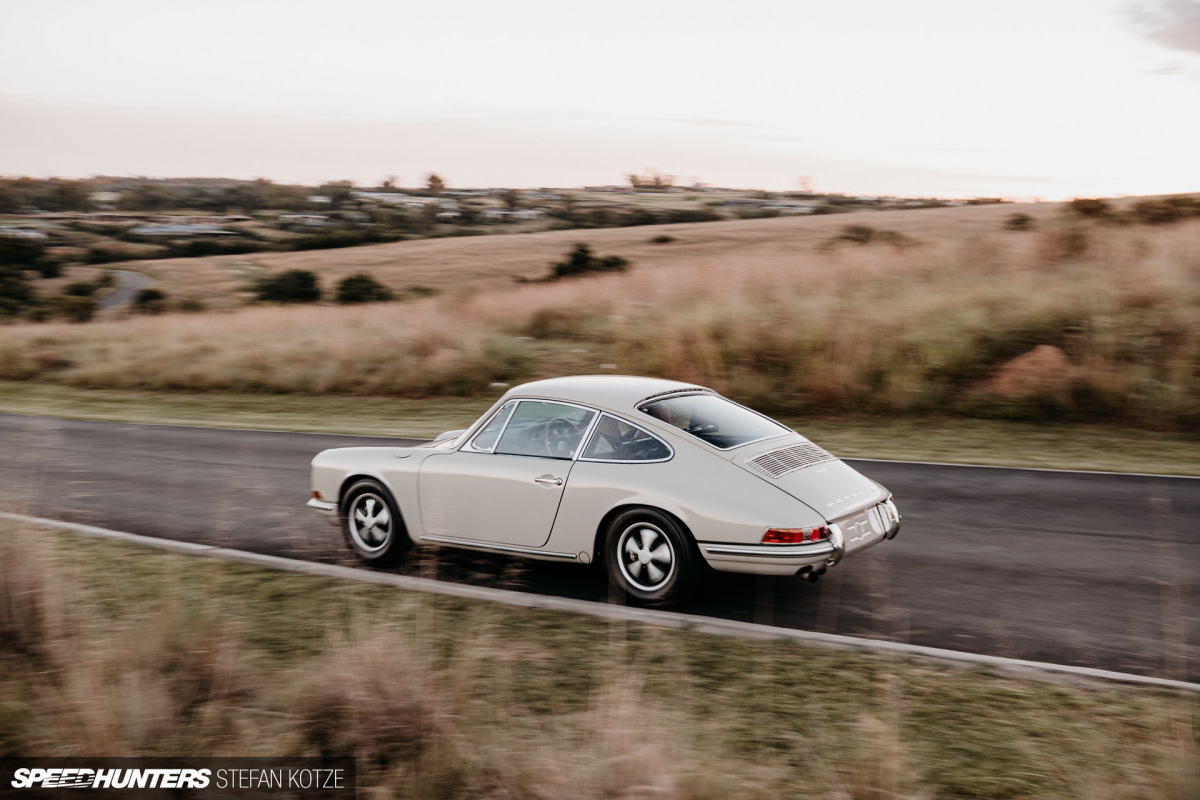
Other aspects of the engine were also revised, allowing for an aggressive torque curve that really comes alive from around 3,500rpm. Furthermore, Dutchmann rebuilt the original 5-speed 901 gearbox, replacing 3rd, 4th and 5th gears with closer ratio equivalents from a 911 Sportomatic transmission to tighten things up at key gearing stages.


Unless you have a real eye for detail, you might not pick an extensive exterior upgrade – select steel panels and components having been replaced with bespoke lightweight carbon components to cut weight in the right places. A carbon bonnet, E-series front bumper assembly and rear engine deck-lid shave off over 60% from the original Porsche steel components’ weight.
If you look close, you can just spot the beautiful carbon weave under the paint.

Weight-saving measures continue with bespoke carbon racing seats – modelled on those used in the Porsche 964 and 993 RS models – for the driver and passenger.

The dash received some real wood to keep things classic, new carpet was fitted, and custom door panels in Dutchmann’s signature leather finish were added.
Gavin says around 120kg (264lb) has been removed from the 912, and when you factor in retaining the four-cylinder over fitting a six-cylinder, the total difference over a 911-powered 912 comfortably exceeds 200kg (441lb).

Only the lightest Porsche wheels available would do for this build, hence the 14-inch Fuchs. These are shod with relatively high-profile 196/60 tyres, but the added sidewall rubber “allows for a stiffer suspension setup, which leads to a great combination of handling and comfort,” says Gavin.

FINAL CHAPTER
What’s The Verdict?In the end, numbers tell only half the story. Yes, power in the 912 is up over 20%, but the tighter gearing doubles the effect in all the right places. Also, given the low weight in the rear and resulting weight distribution, there’s practically zero oversteer, and given the lower weight up front due to the carbon bonnet and bumper assembly, corners can be approached with higher speed and confidence. The result is a car that is a sheer joy to drive – especially in everyday scenarios such as traffic and the odd twisty road.


When pushed to compare the ’67 four-cylinder car and the ’68 six-cylinder car, Gavin responded: “Personally, I wish we could get our 911s to handle like the 912. The strategic weight saving and distribution simply results in a more balanced package. I do prefer the sheer grunt of the 250hp six-cylinder – especially in such an analogue car – but the higher rev range of the four-cylinder when matched to the tighter gearing delivers a very pleasing and unique driving pleasure. I simply can’t stop myself from smiling each time I push the ’67 to the max in practically every situation.”

If I had to choose, I’d definitely be taking the ’67 four-cylinder car home with me. In my mind, the world has enough outlaw-style and backdated builds with big performance figures and swapped engines, so keeping true to the original 912, yet improving it in other ways, like with lightened panels and carbon seats, is a real breath of fresh air.
Who’s with me?
Stefan Kotzé
Instagram: stefankotzemedia
info@stefankotze.com
www.stefankotze.com
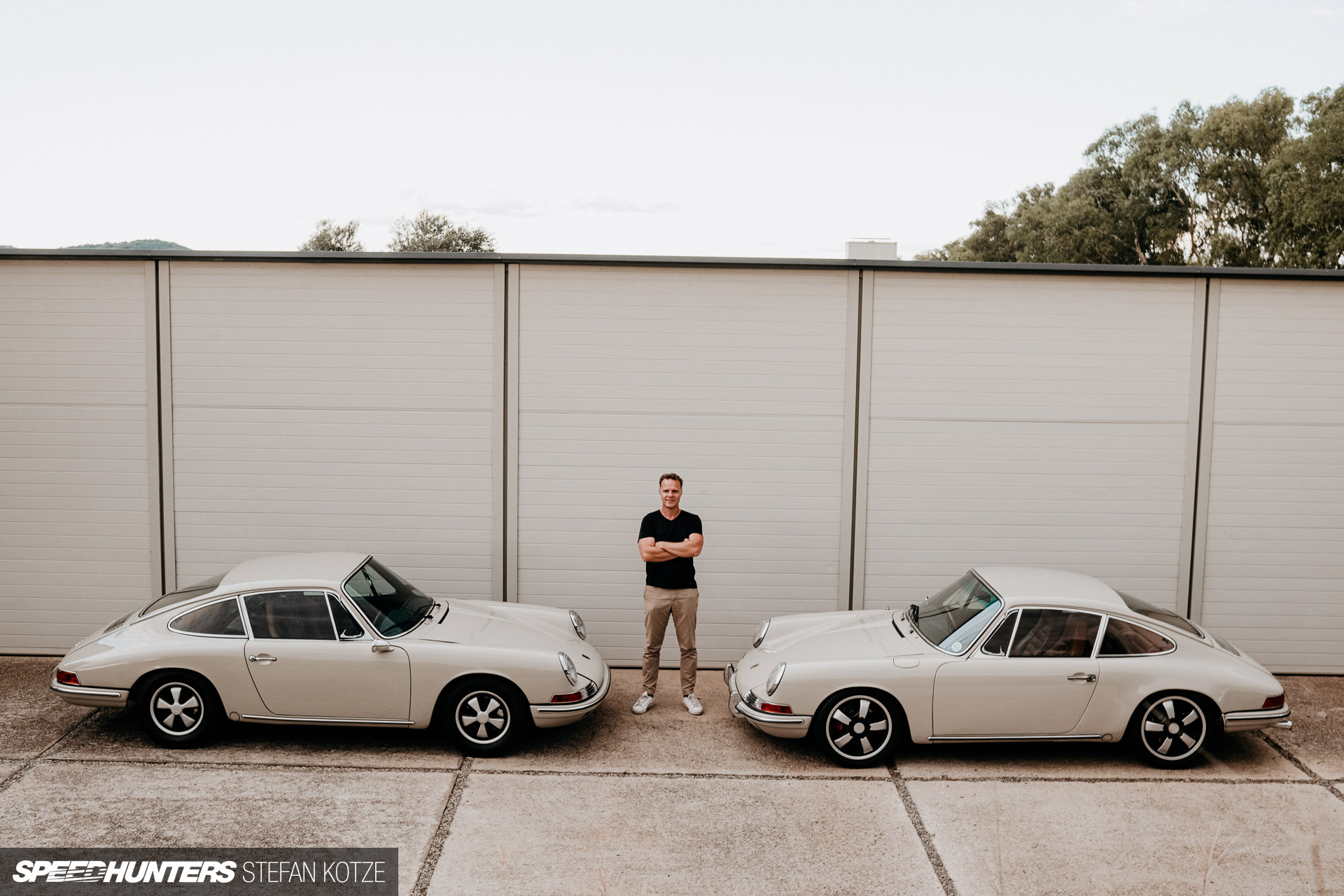
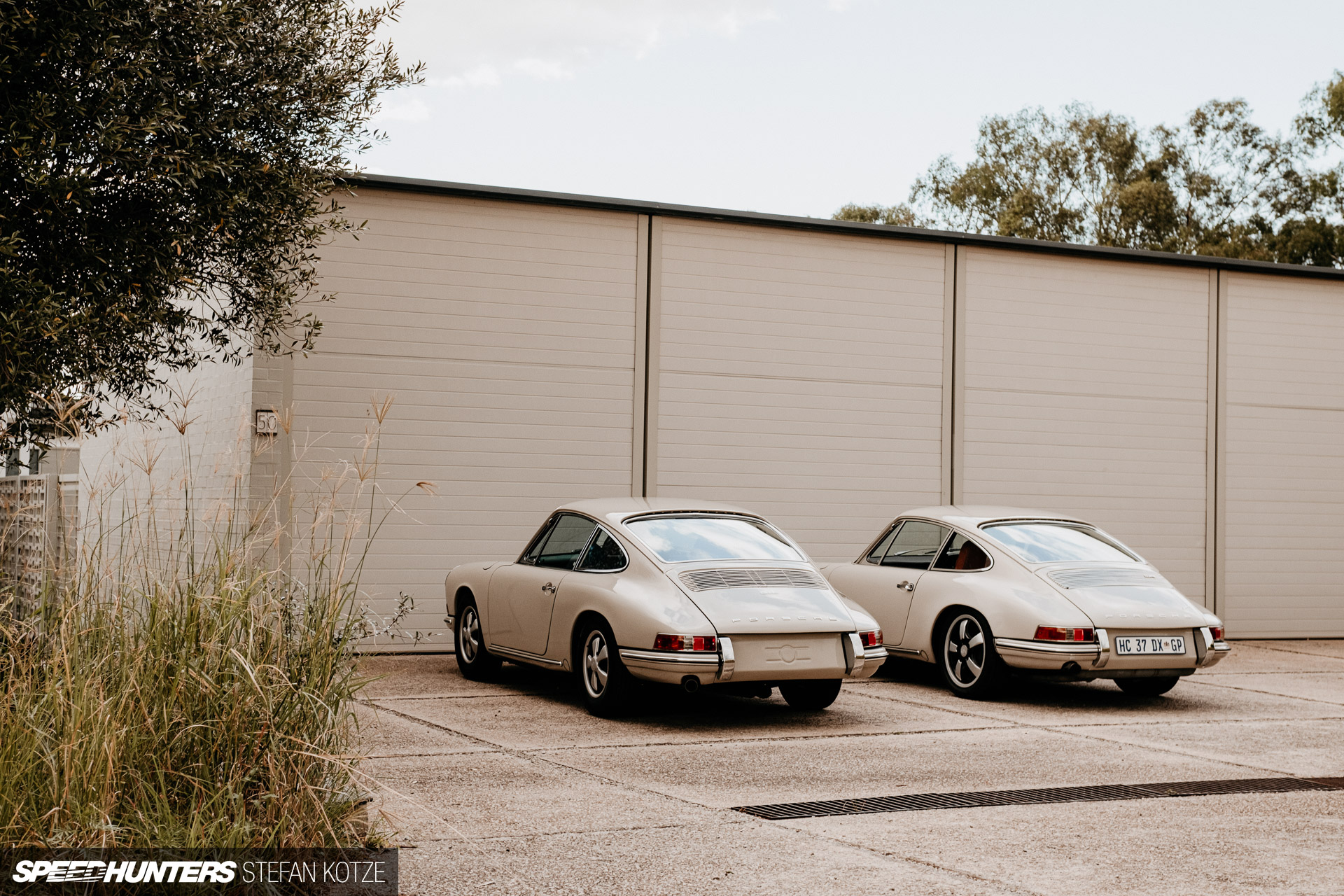

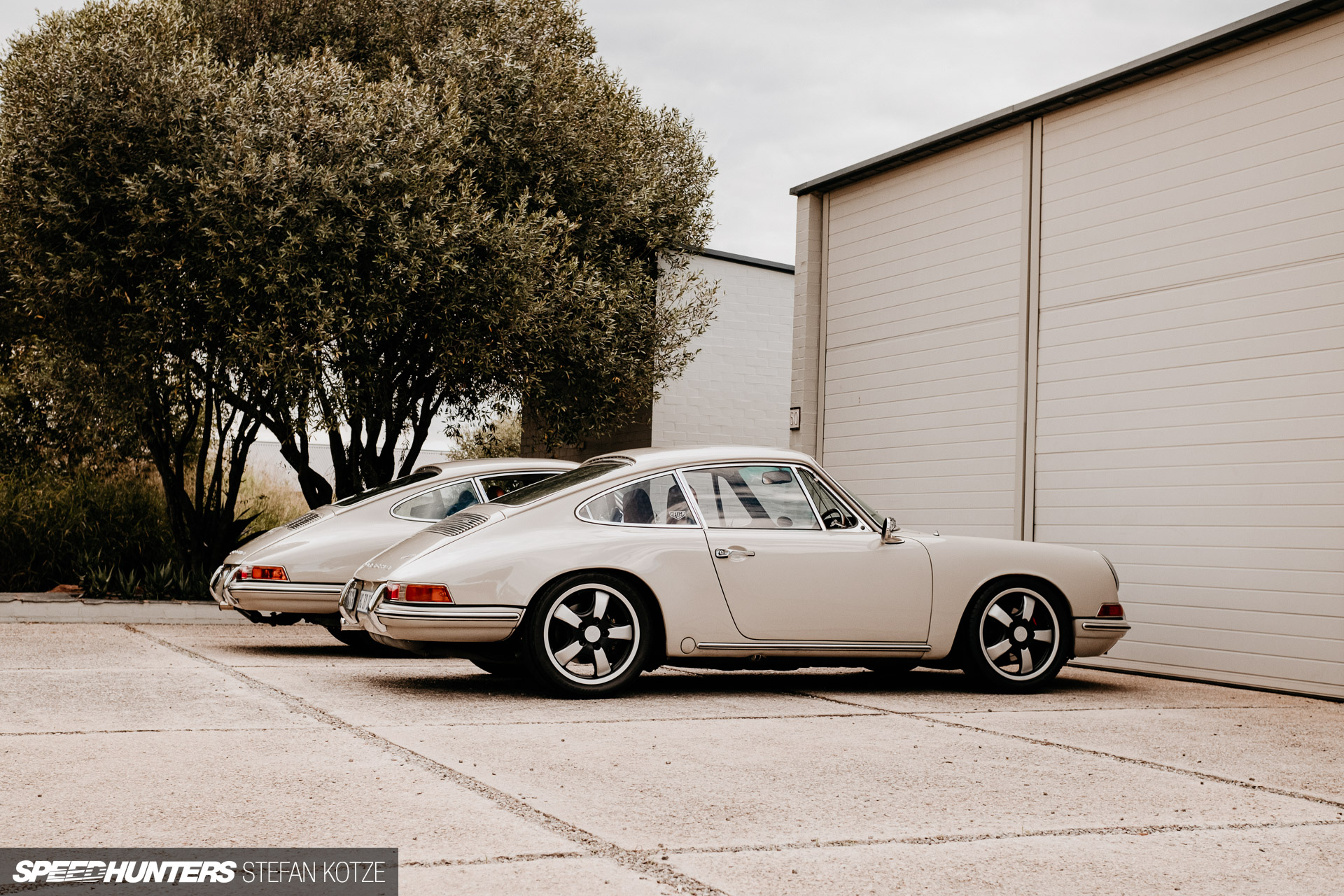
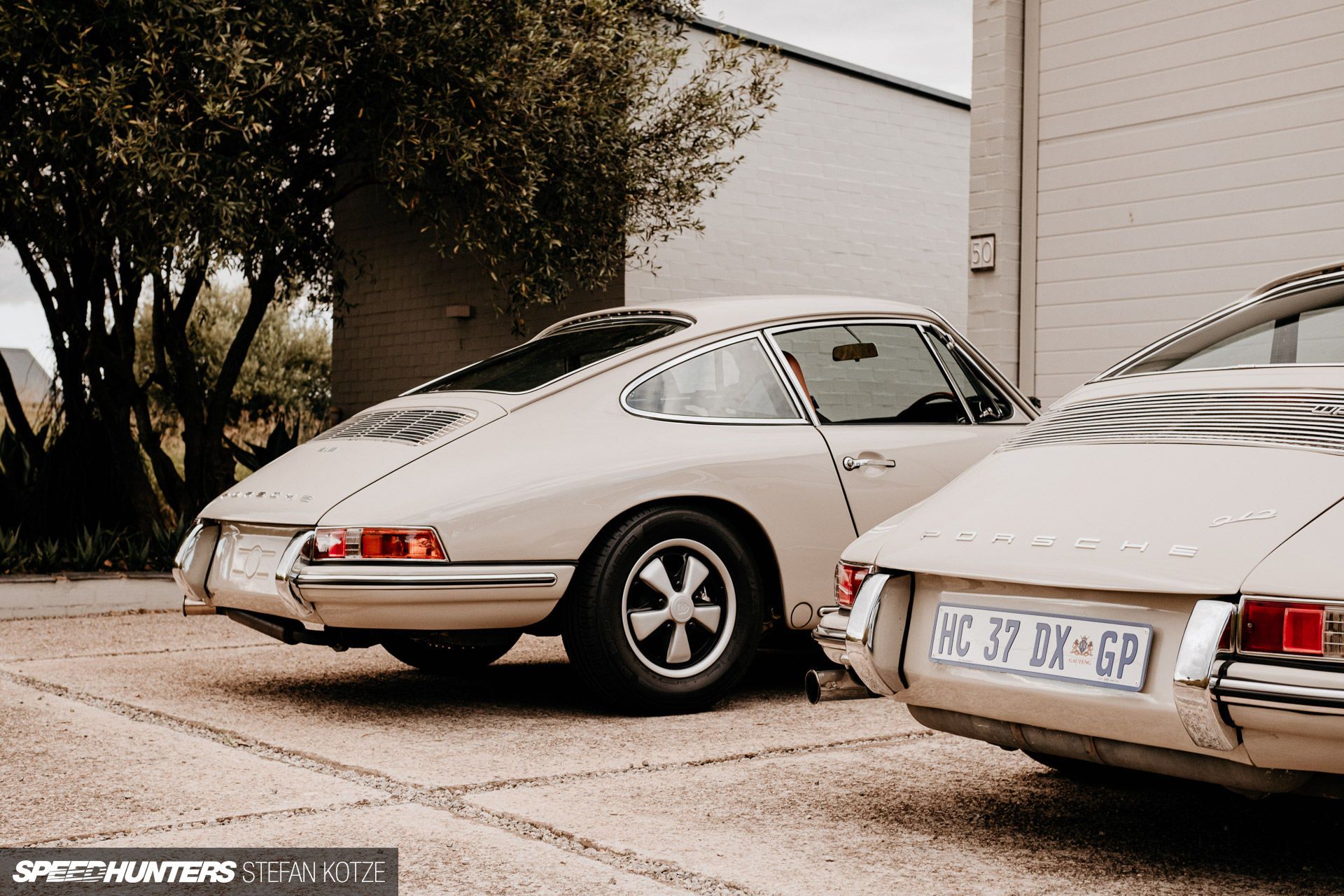

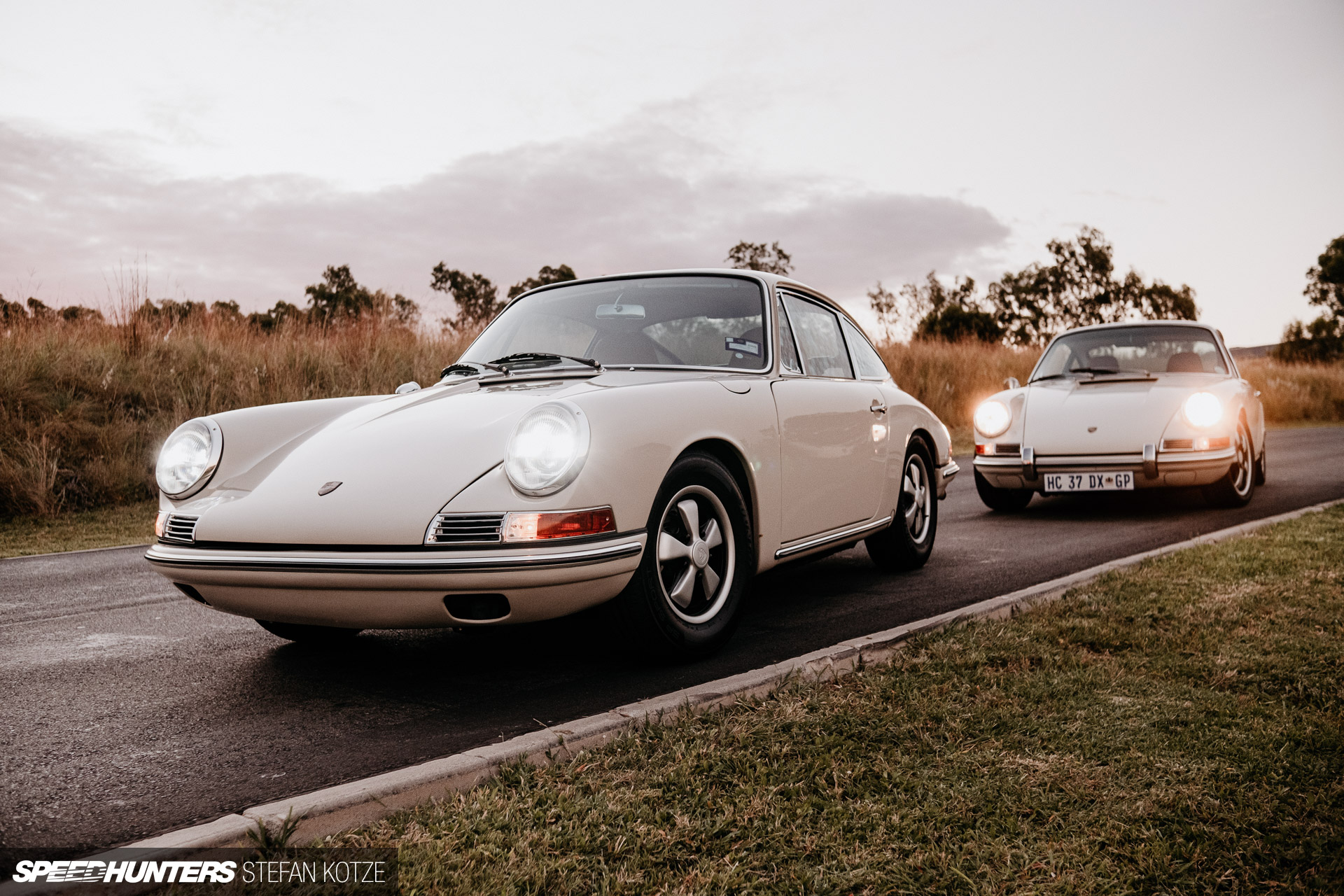



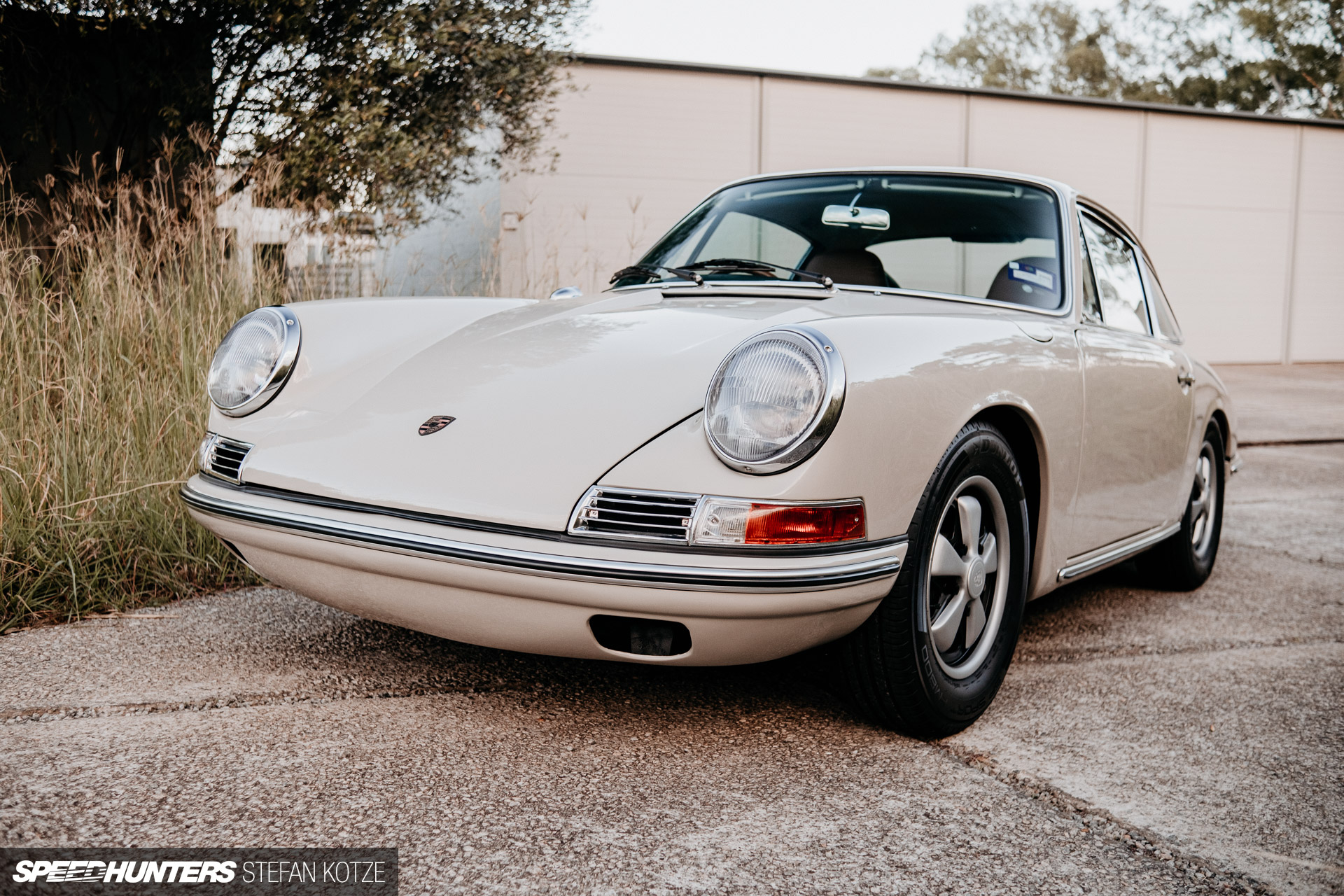






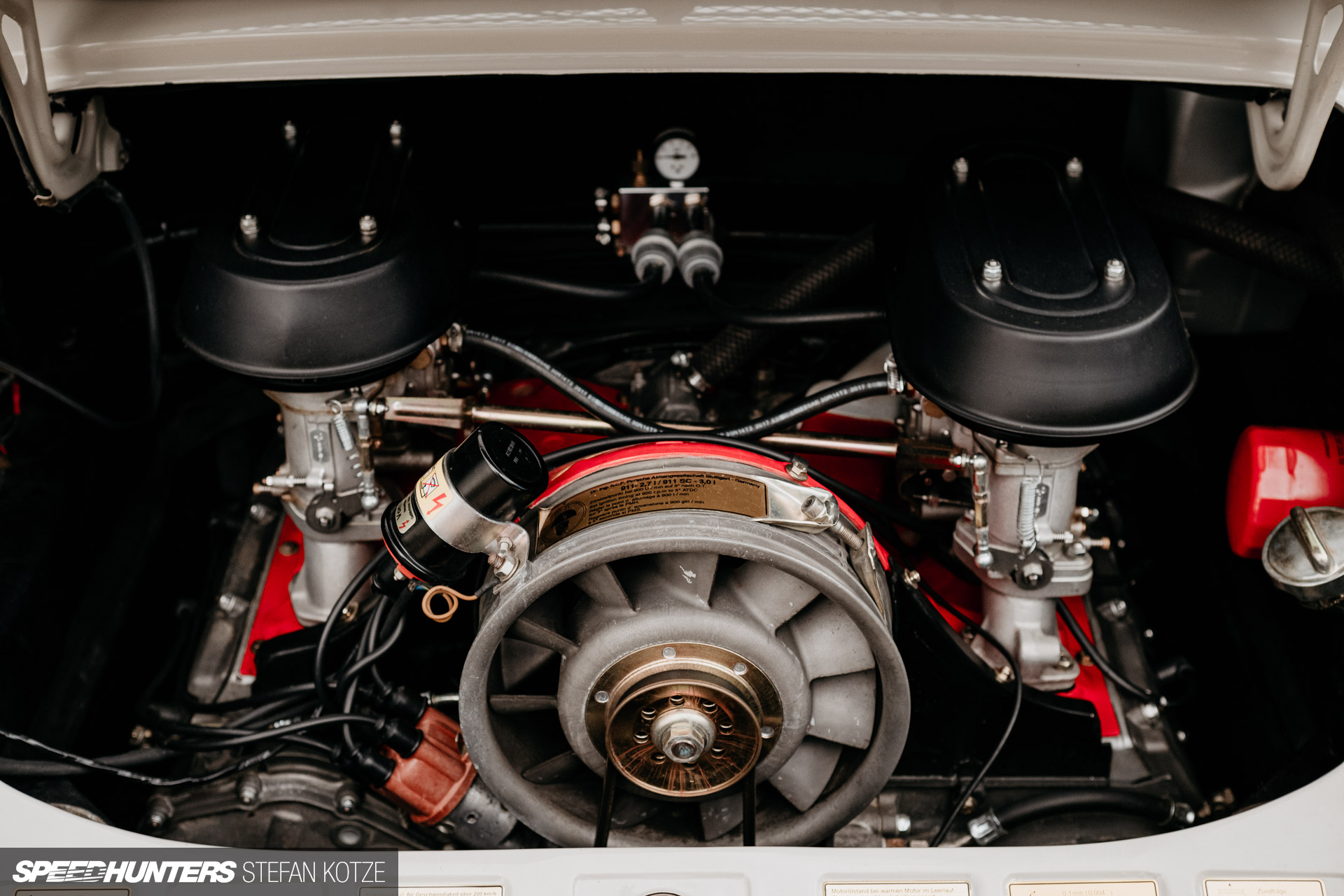







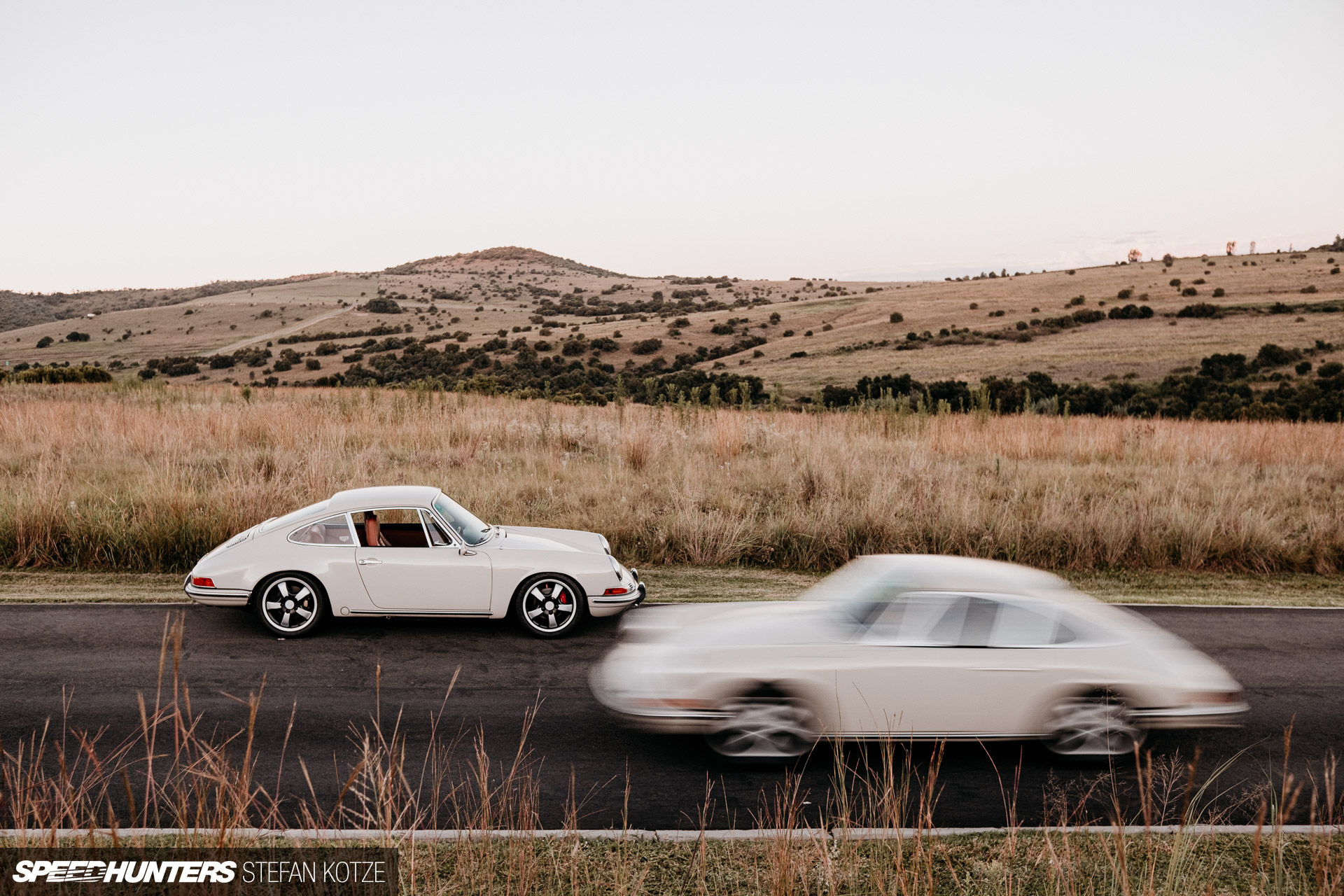































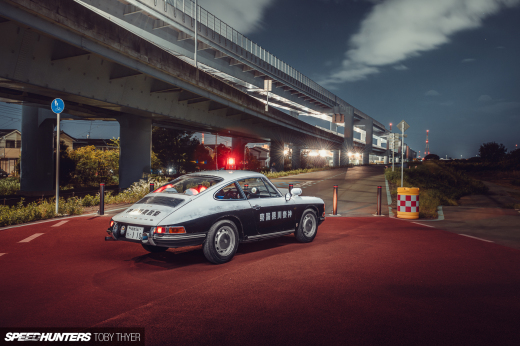
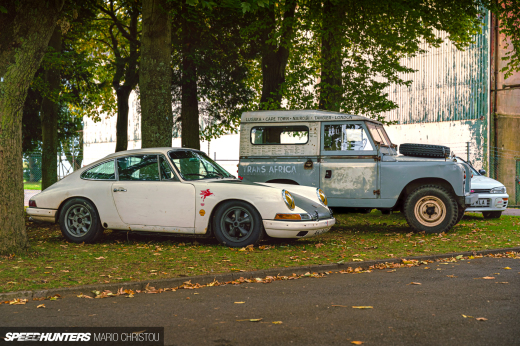

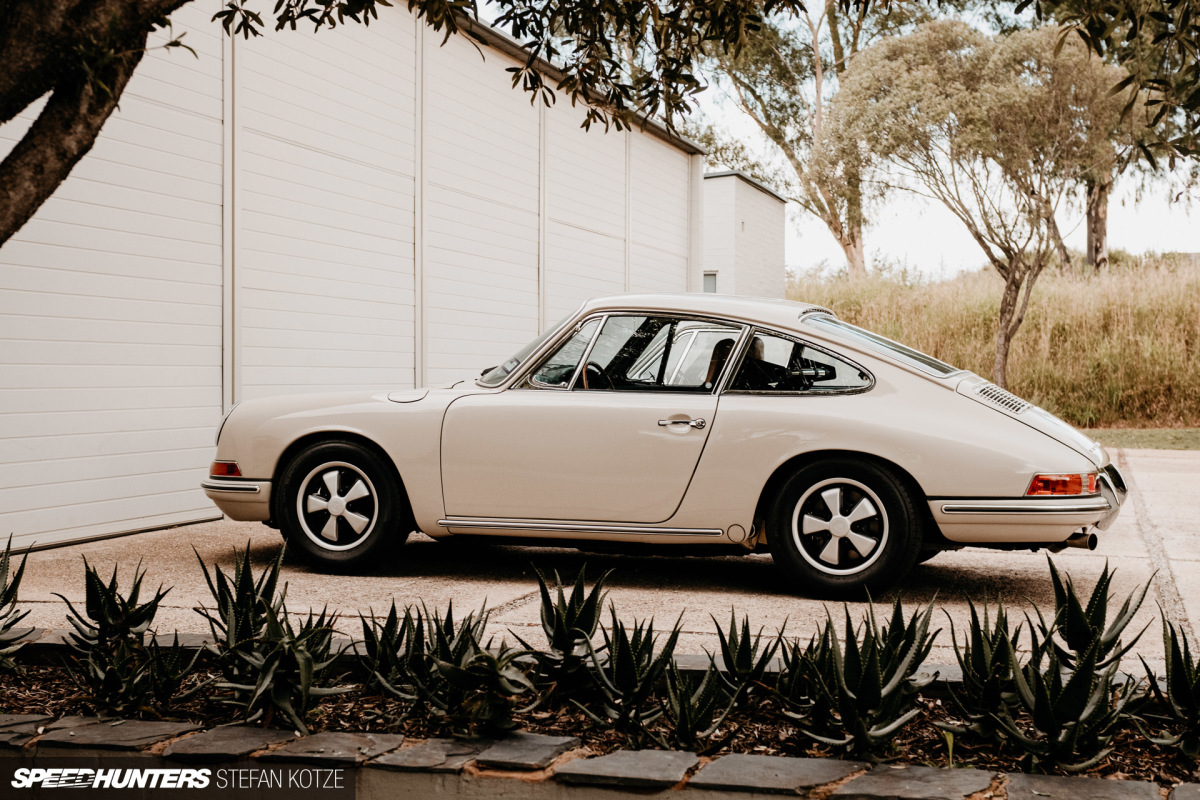
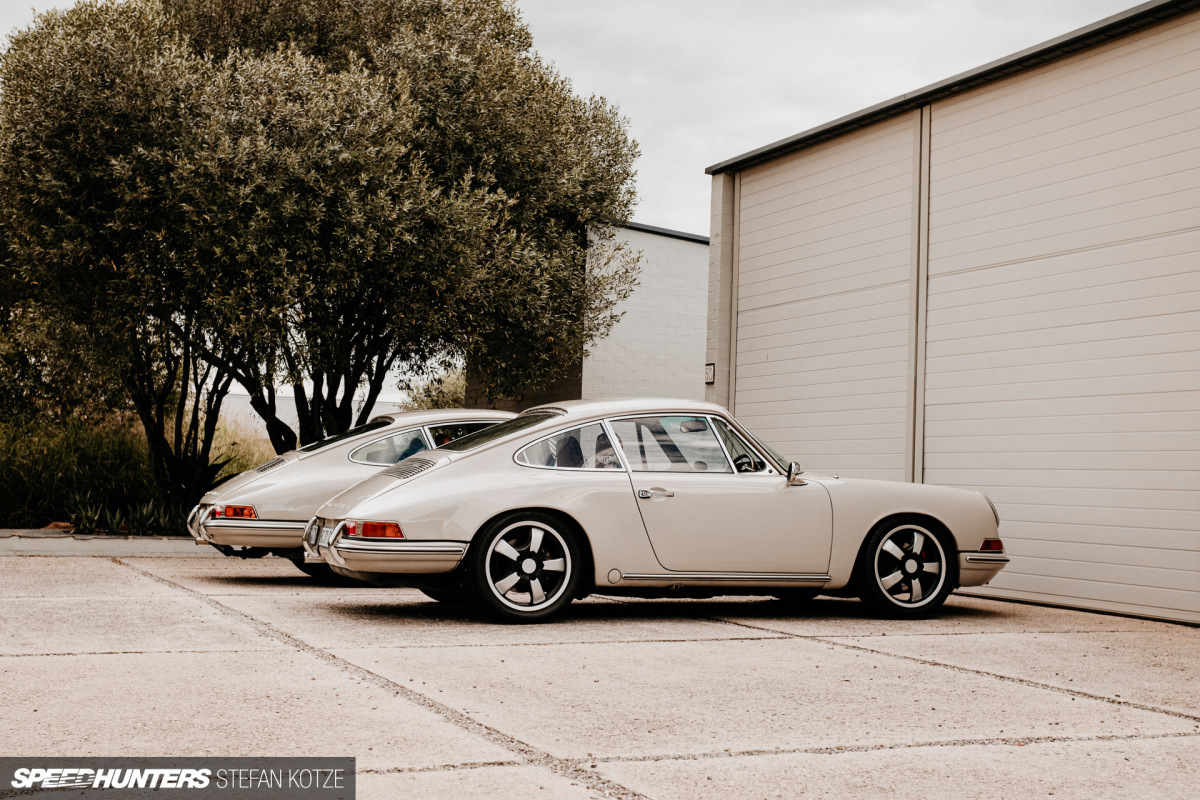
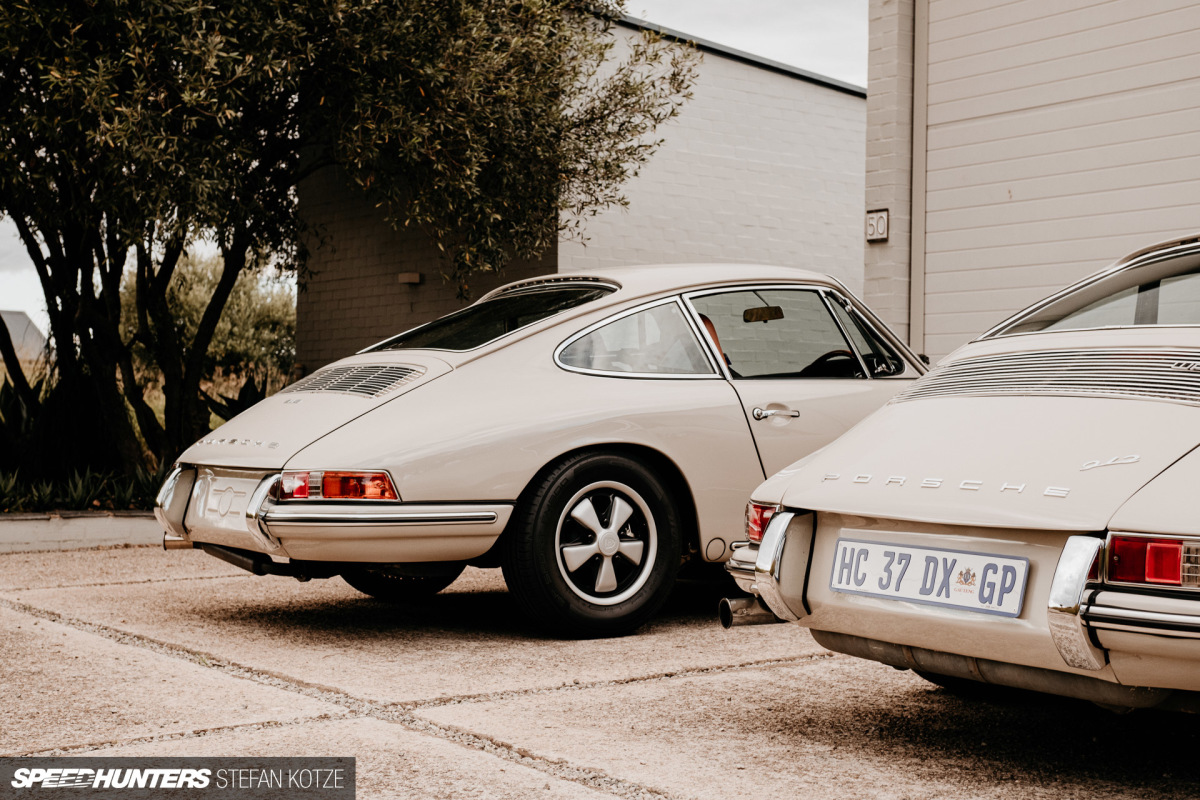
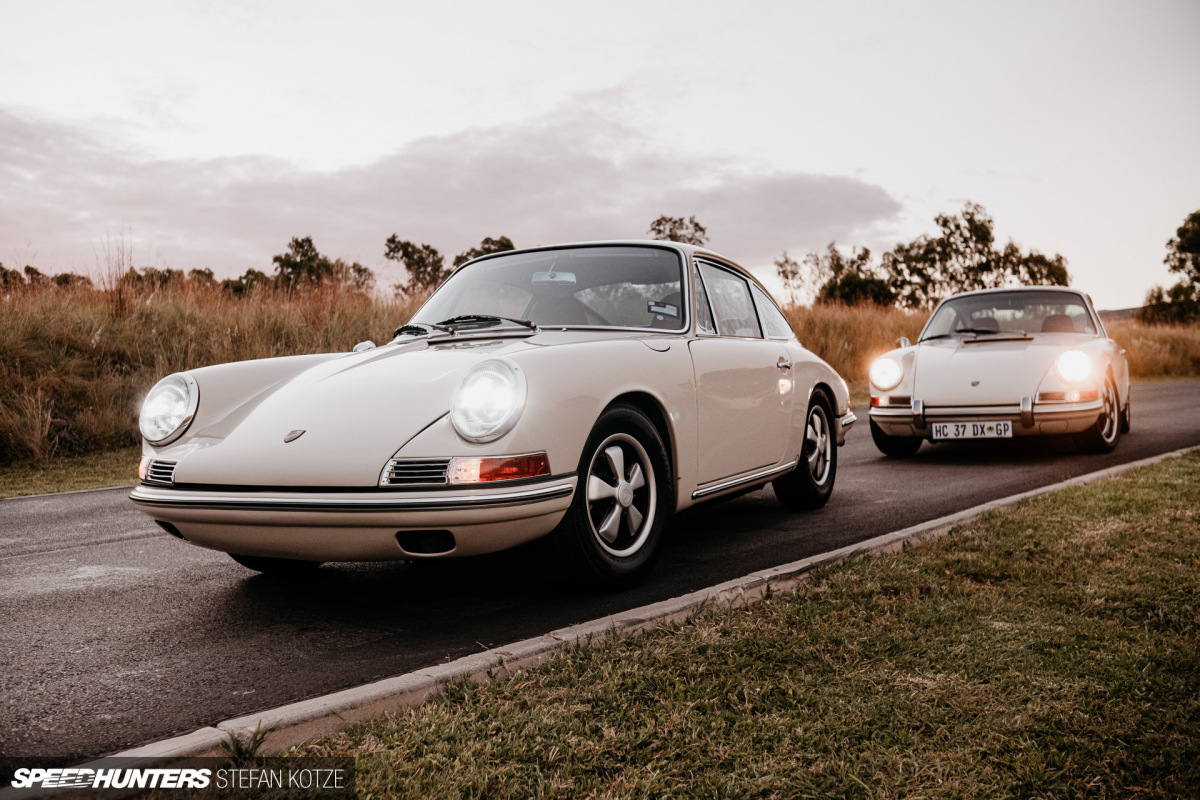
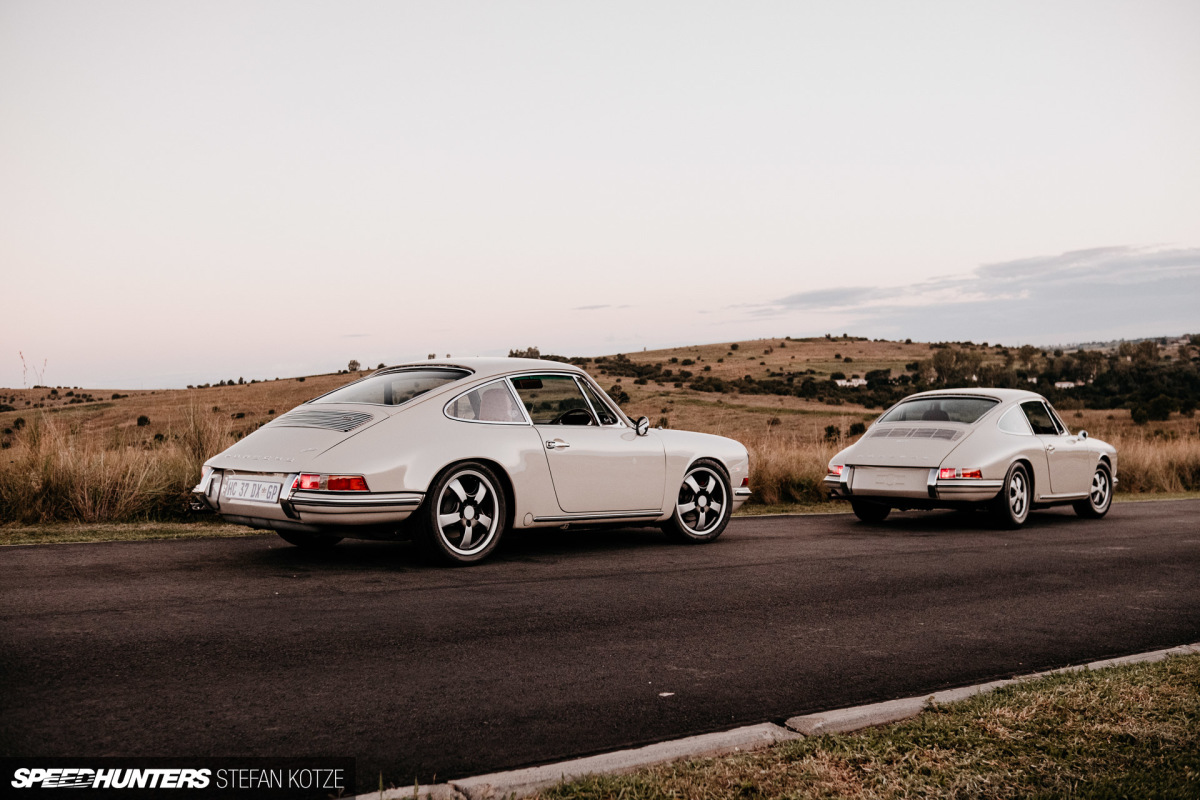
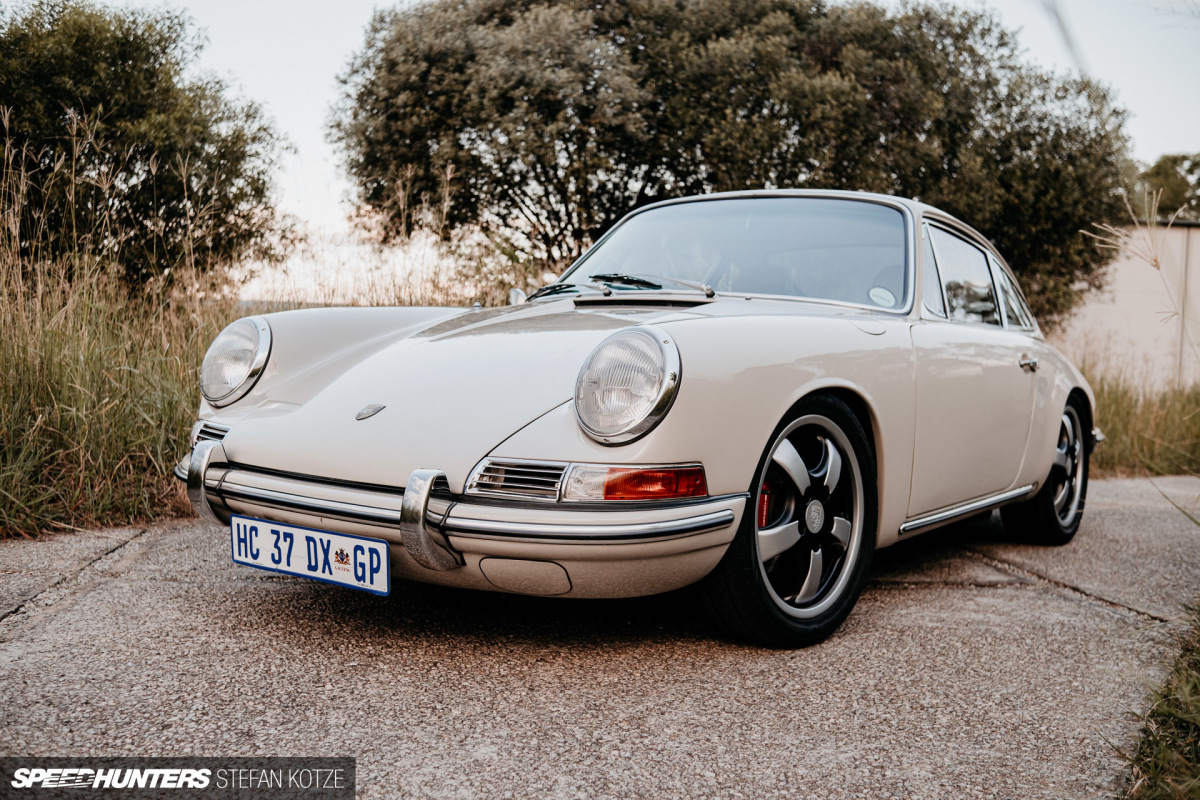
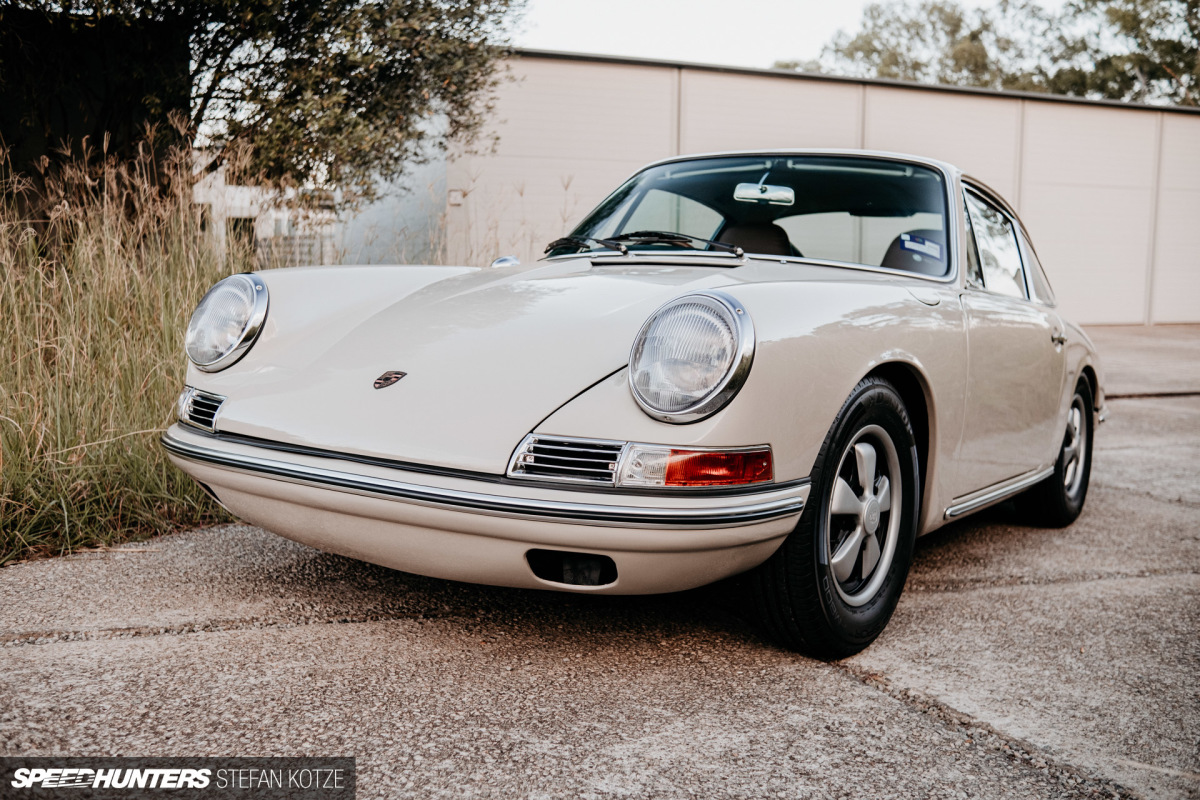
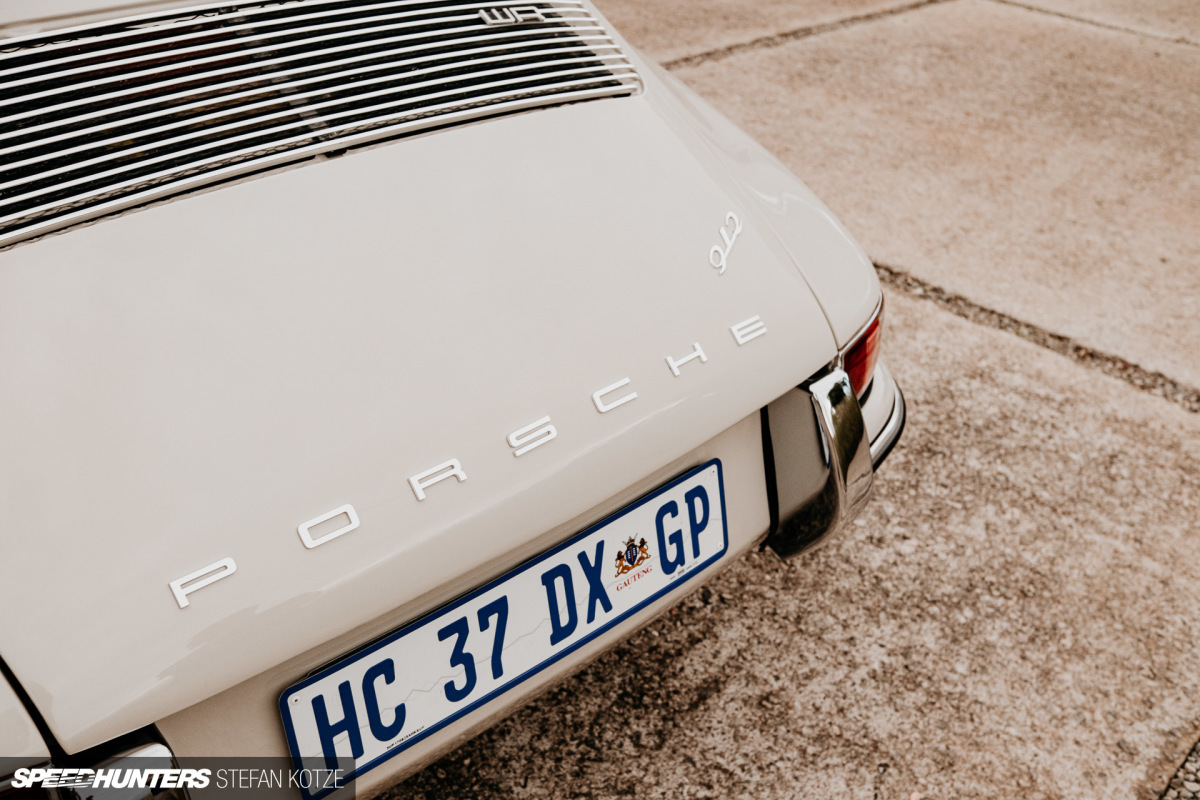
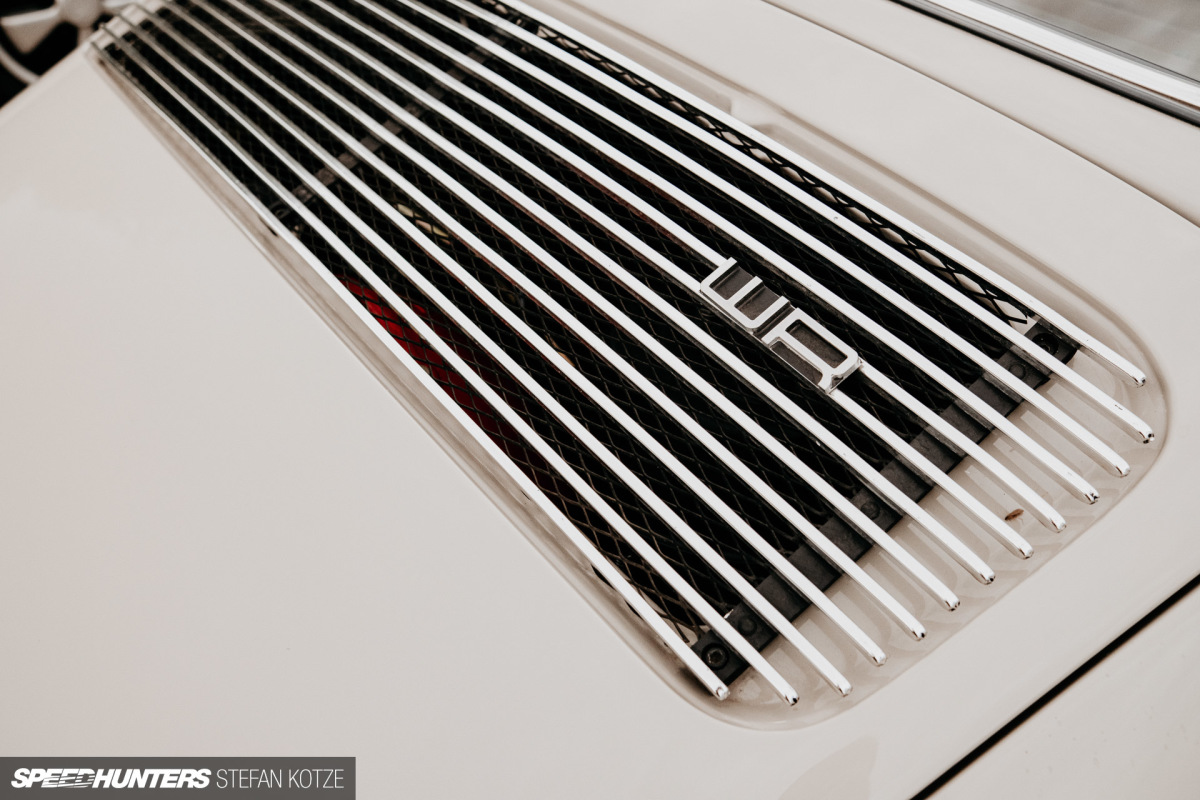
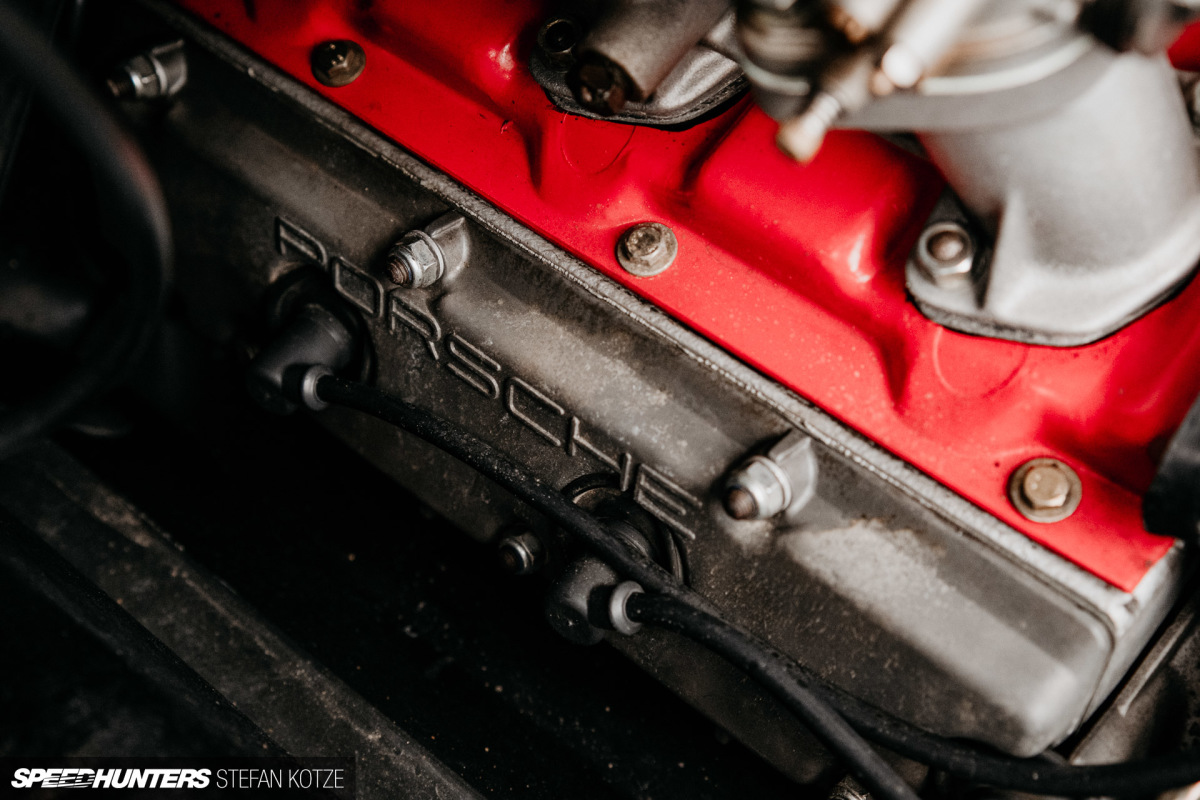
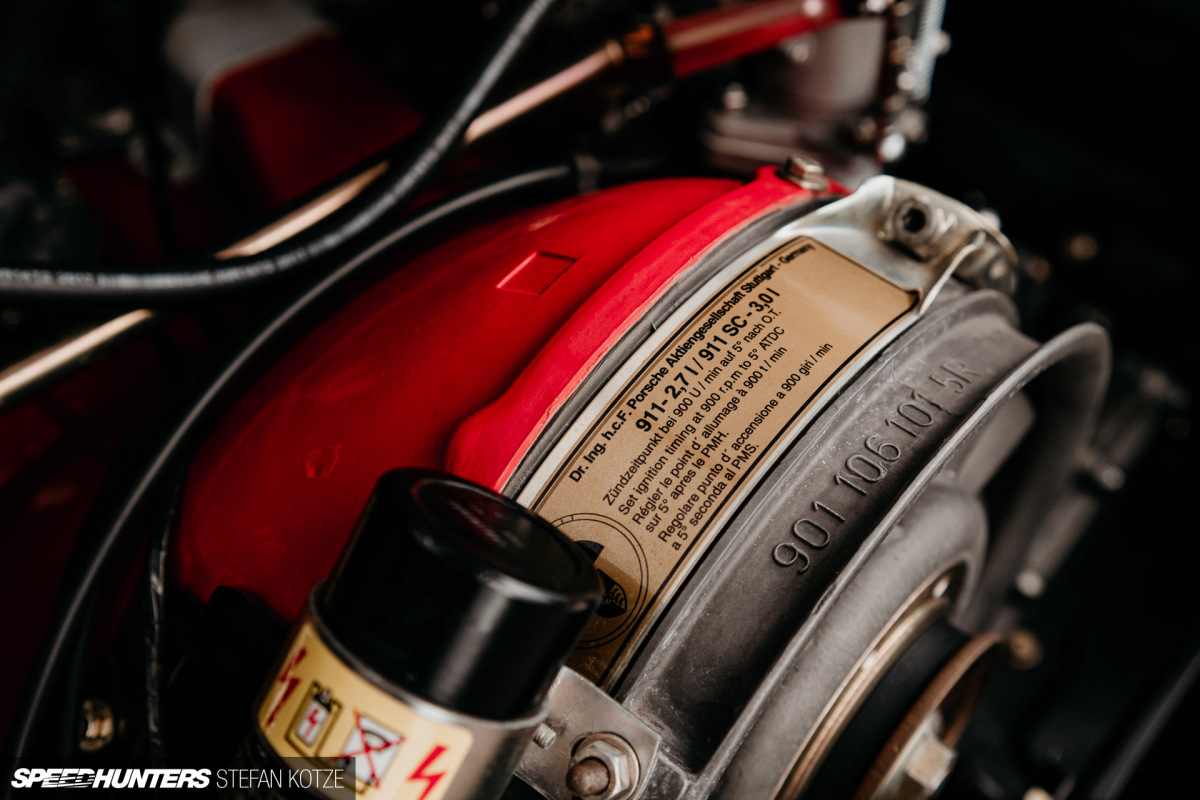
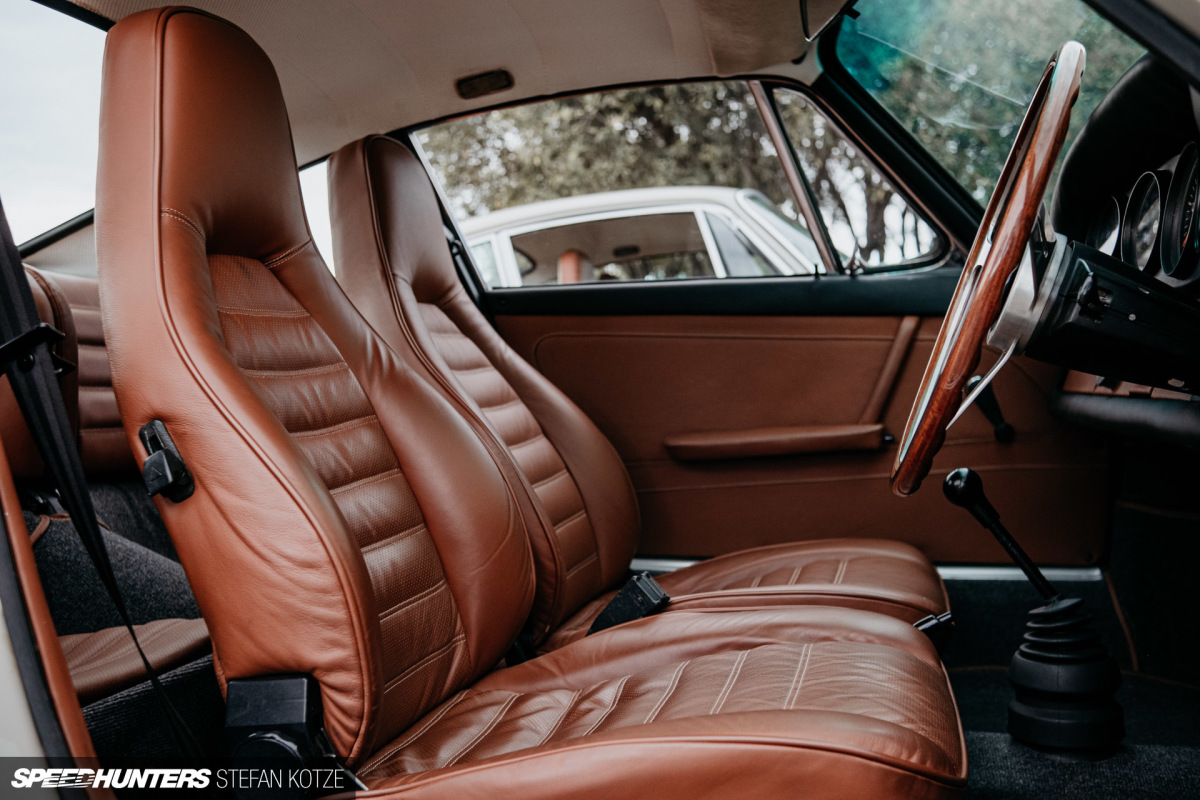
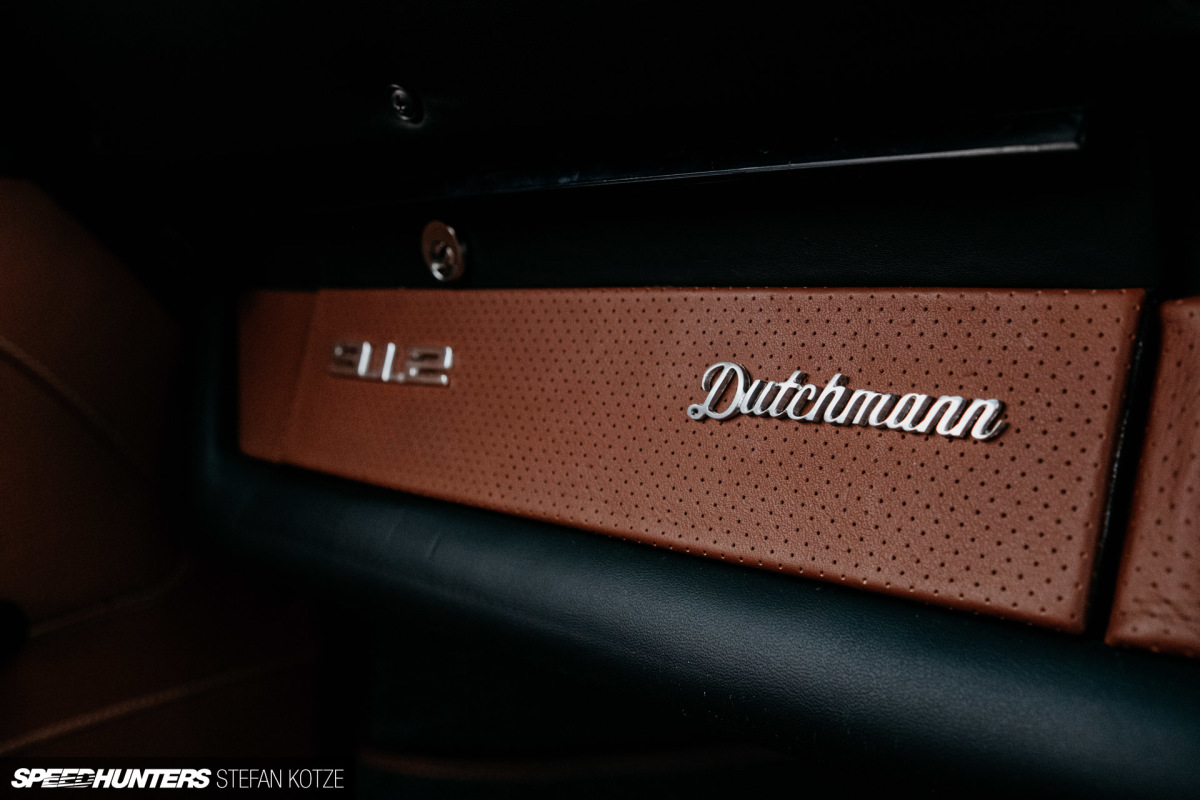
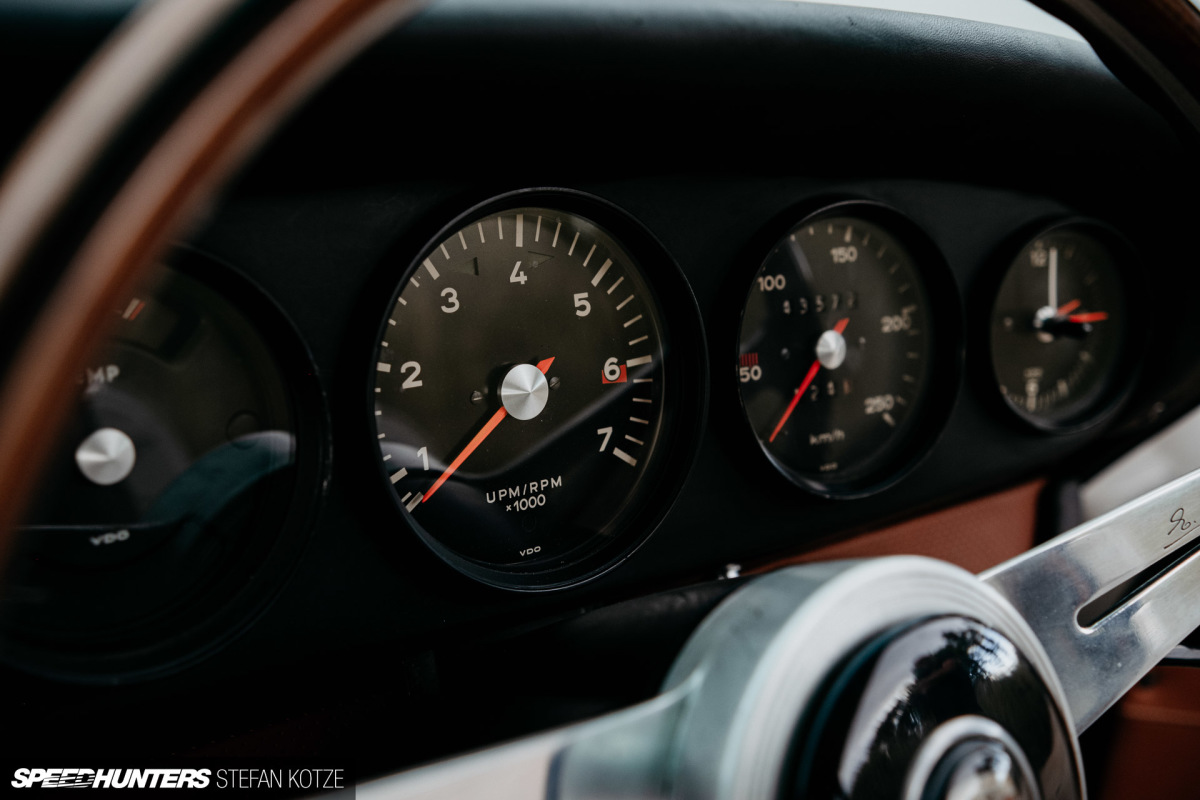
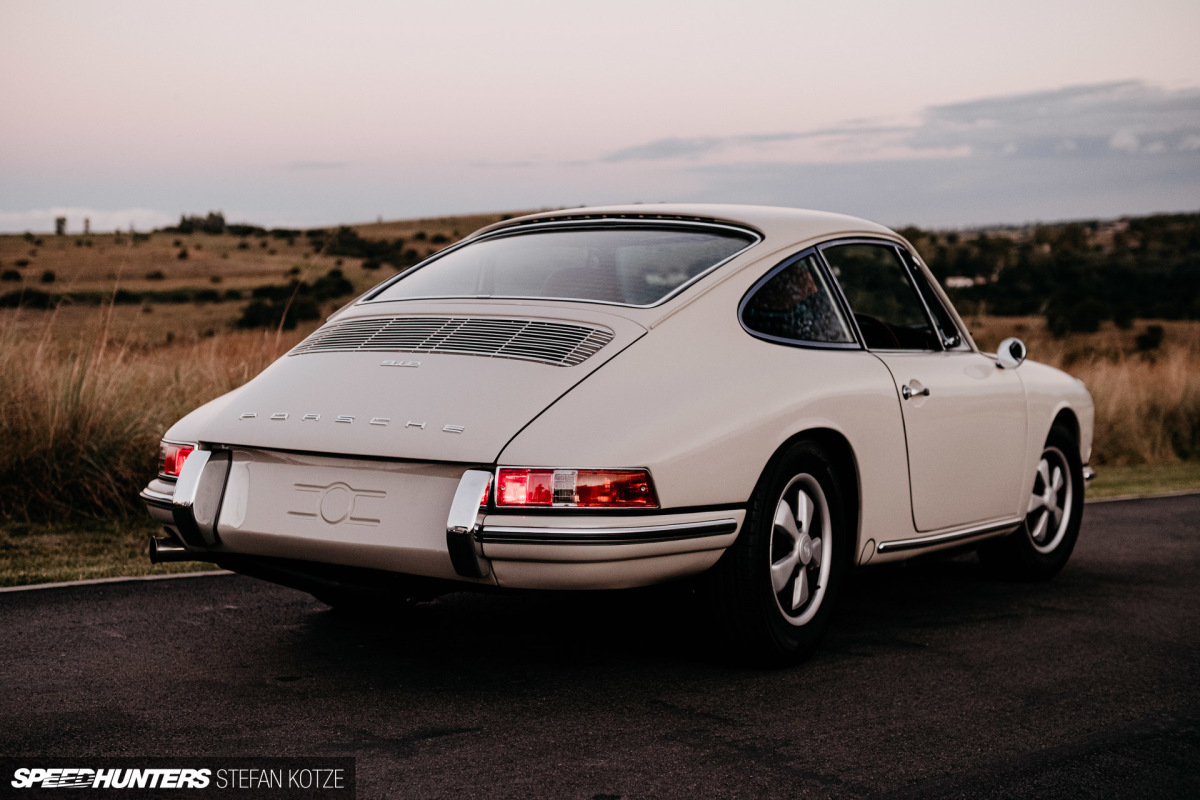
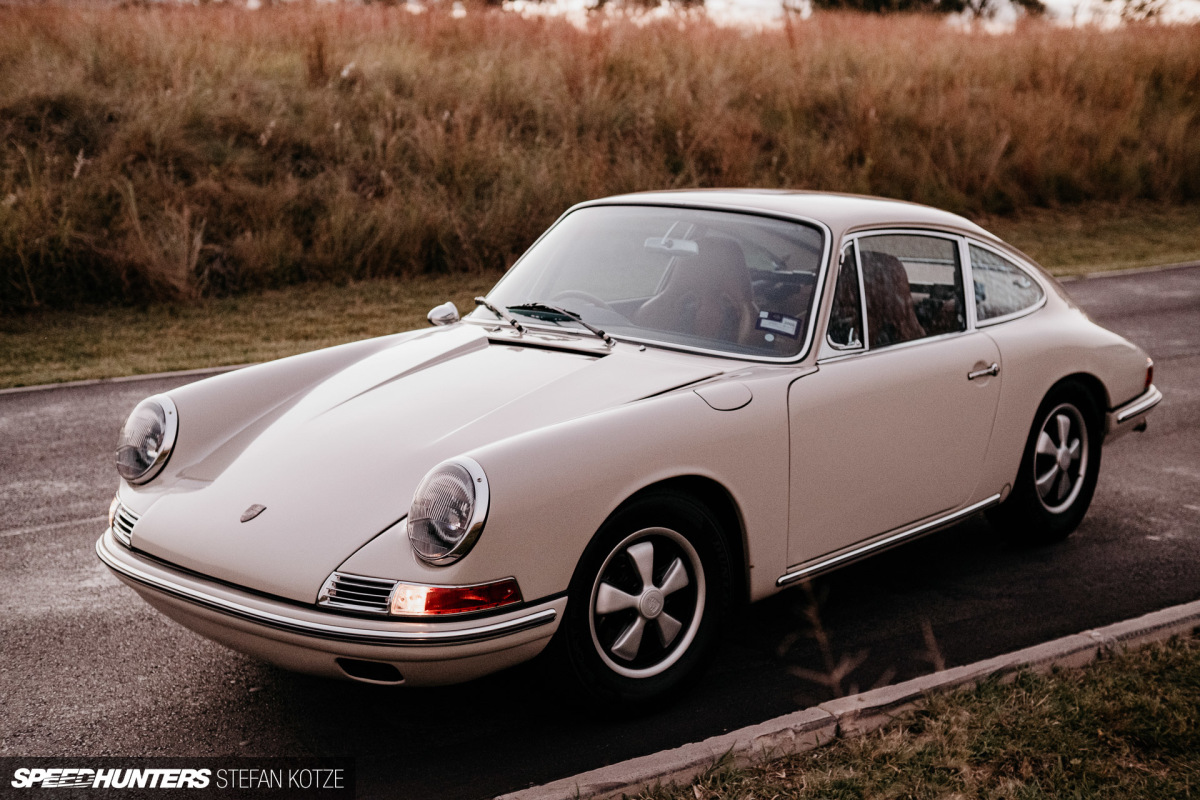
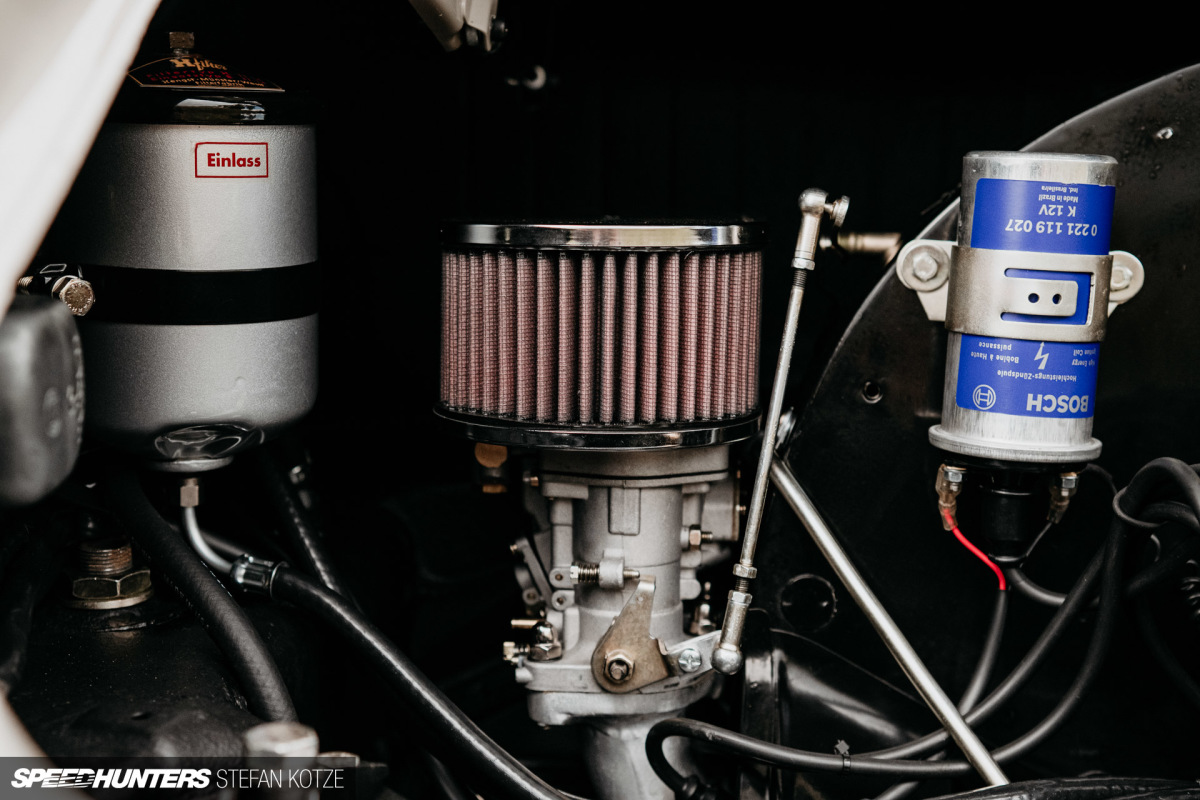
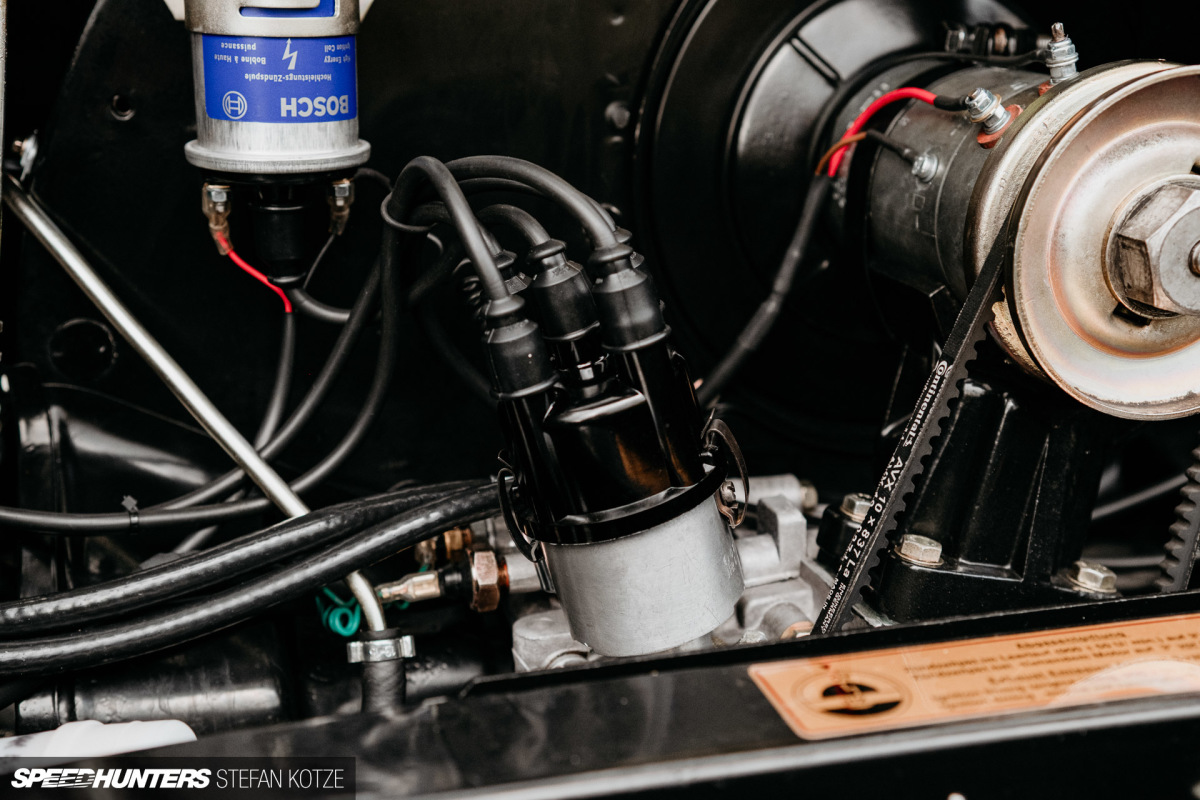
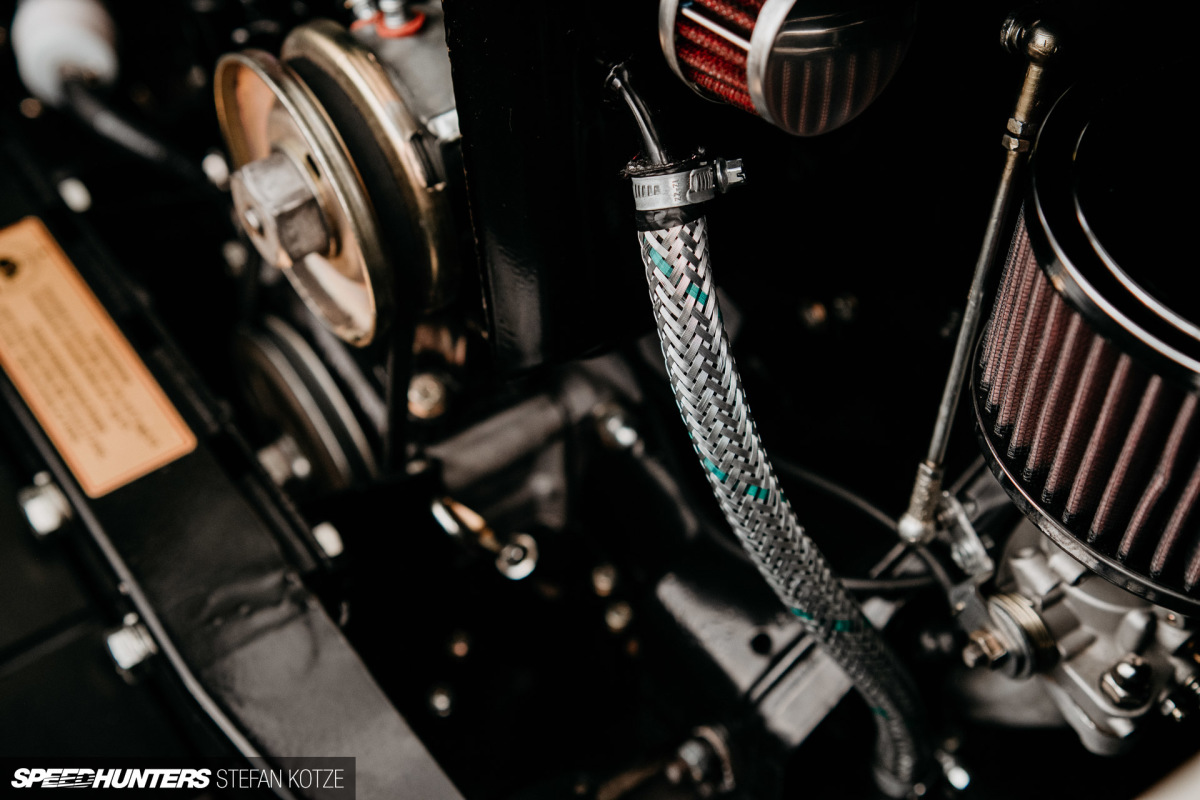
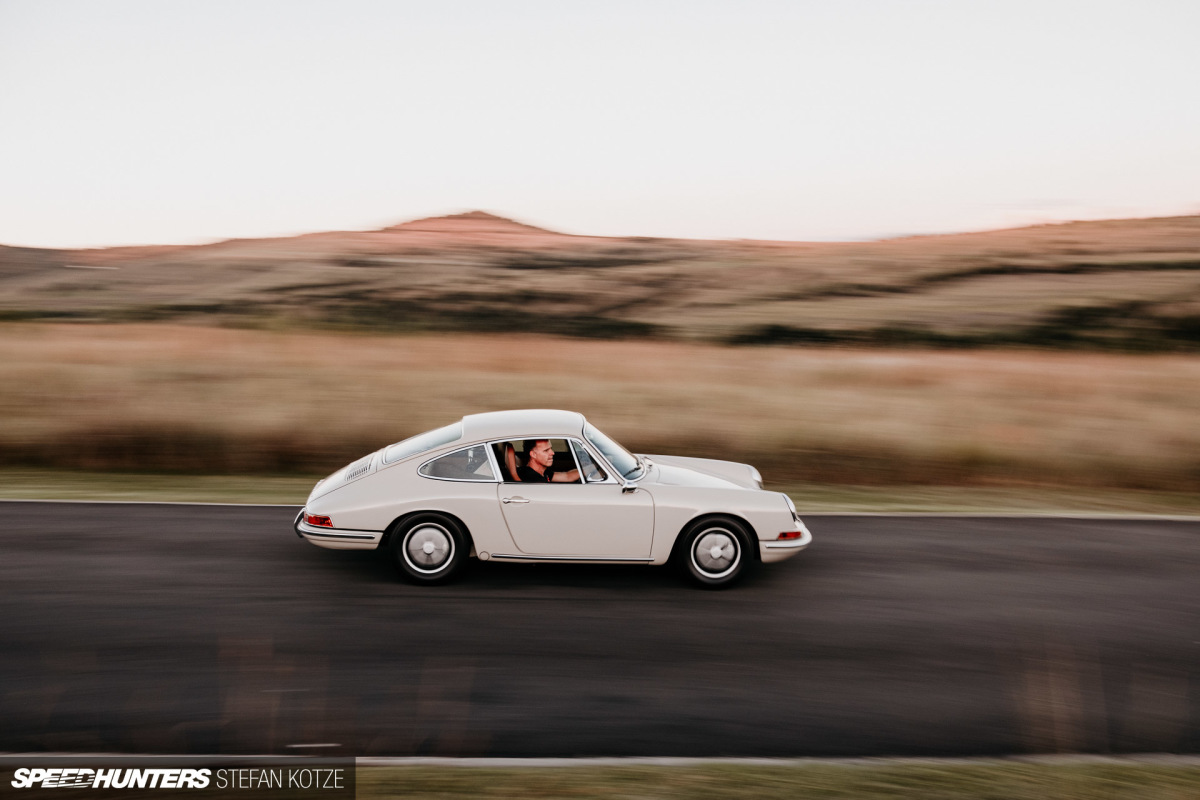
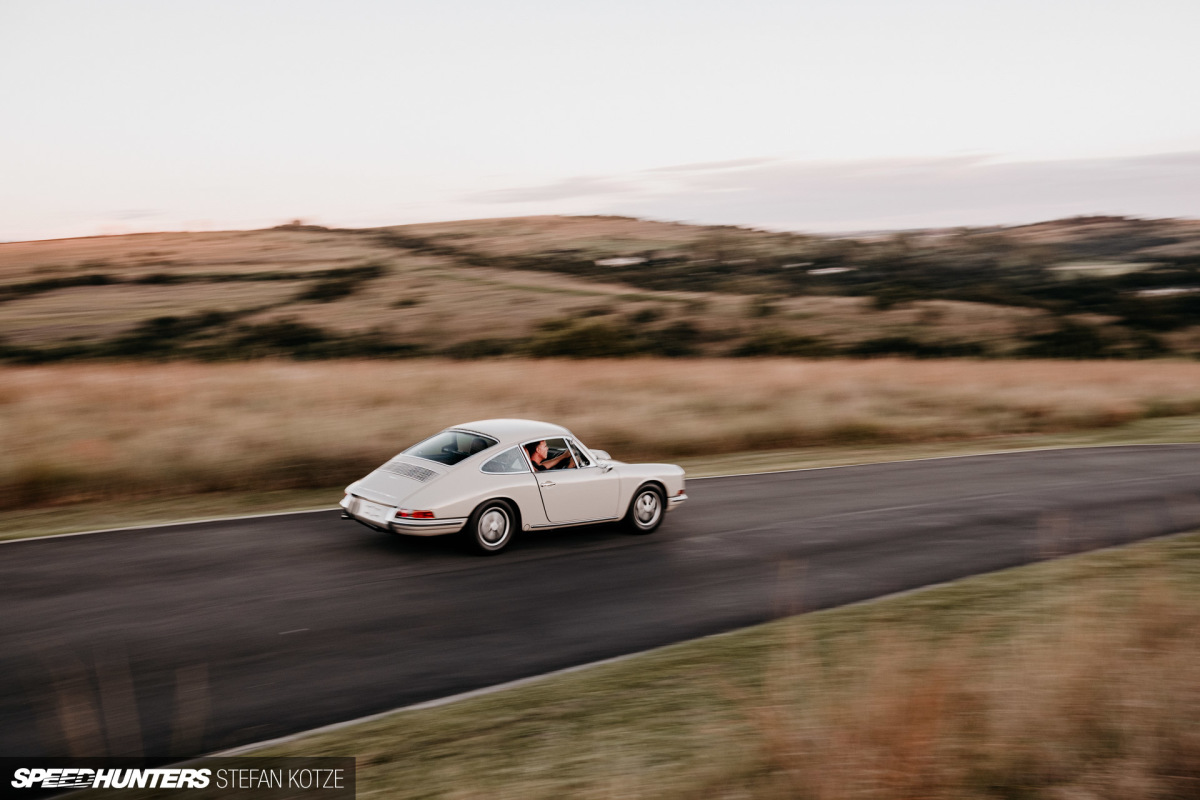
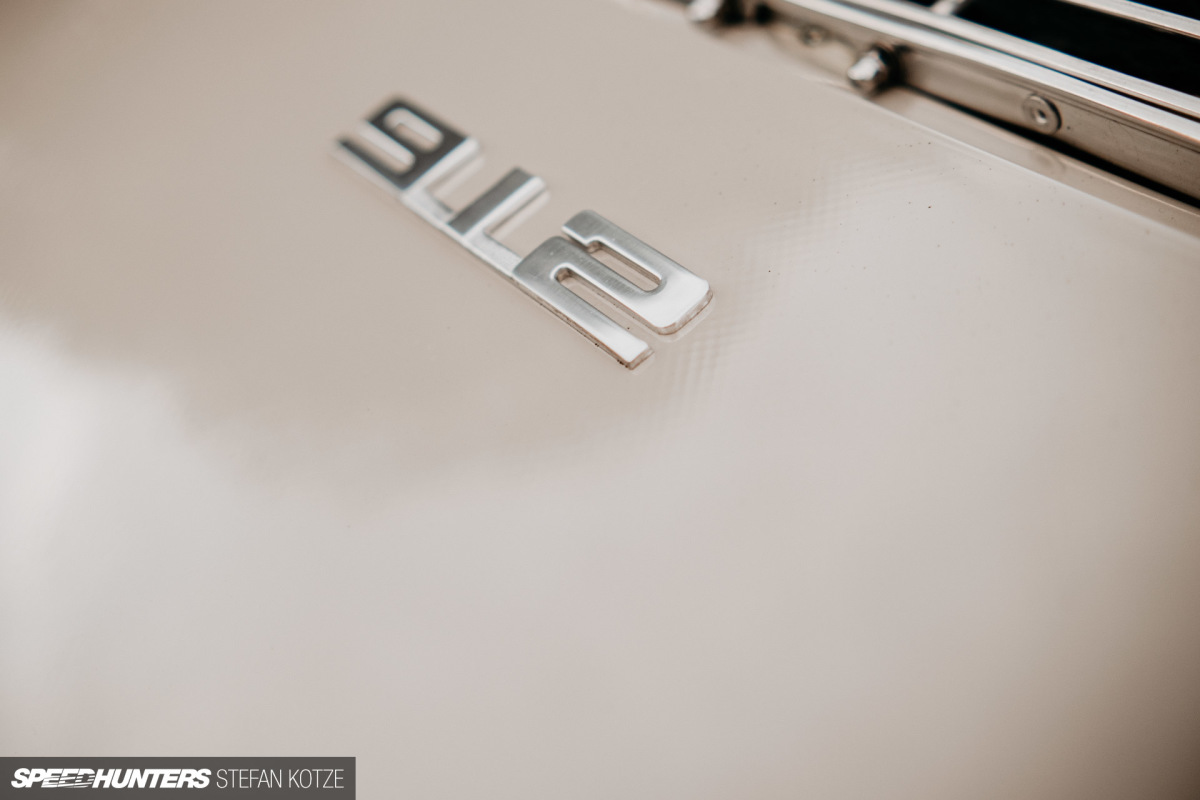
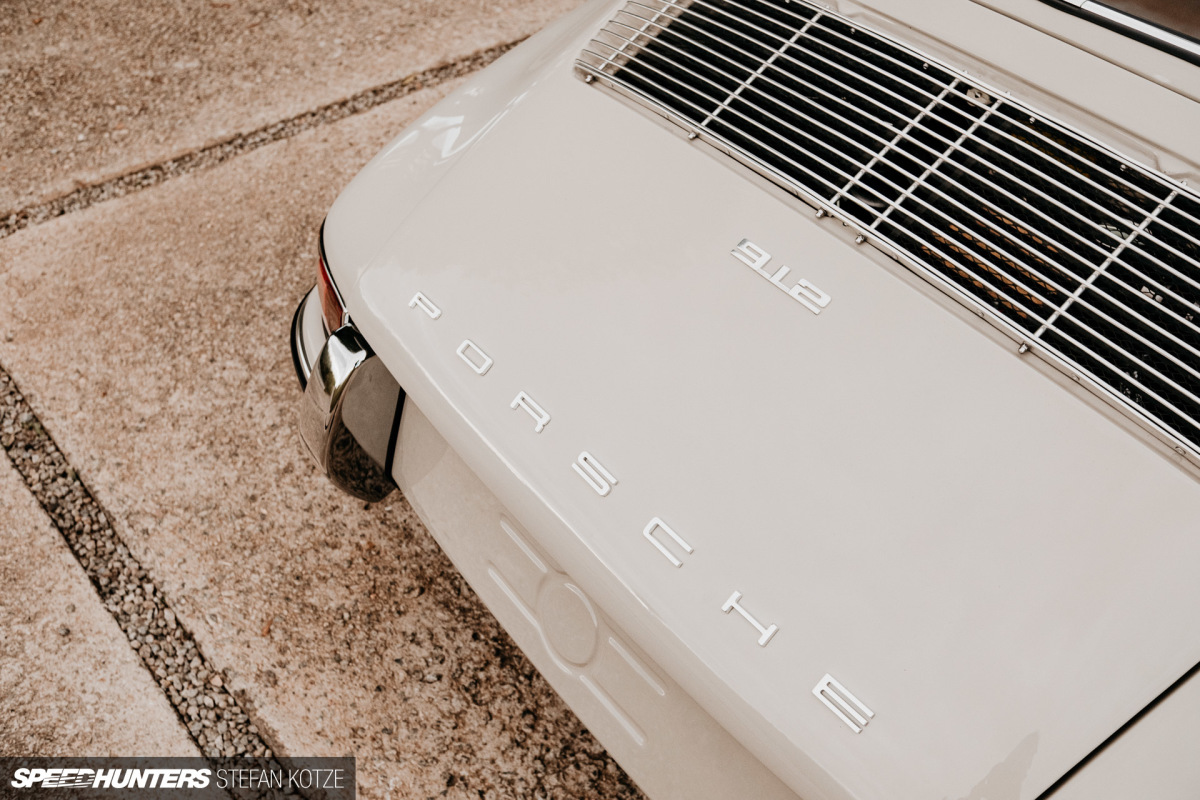
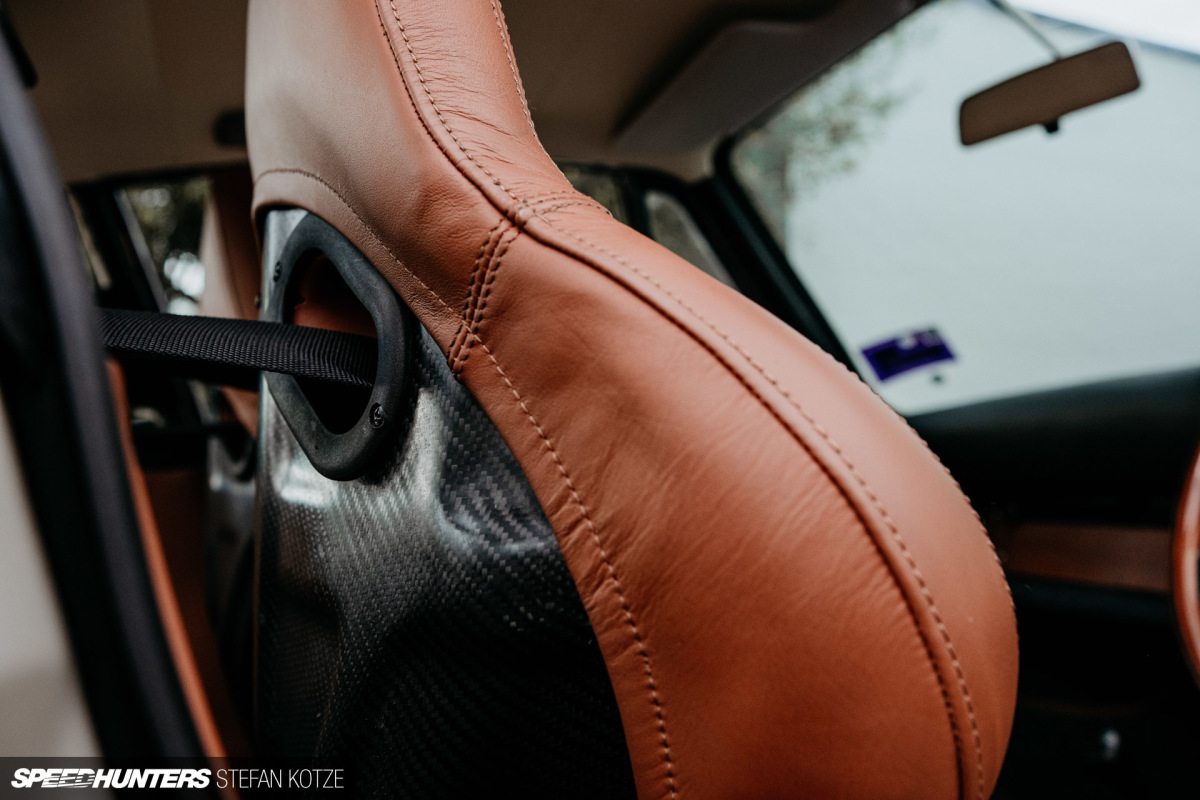
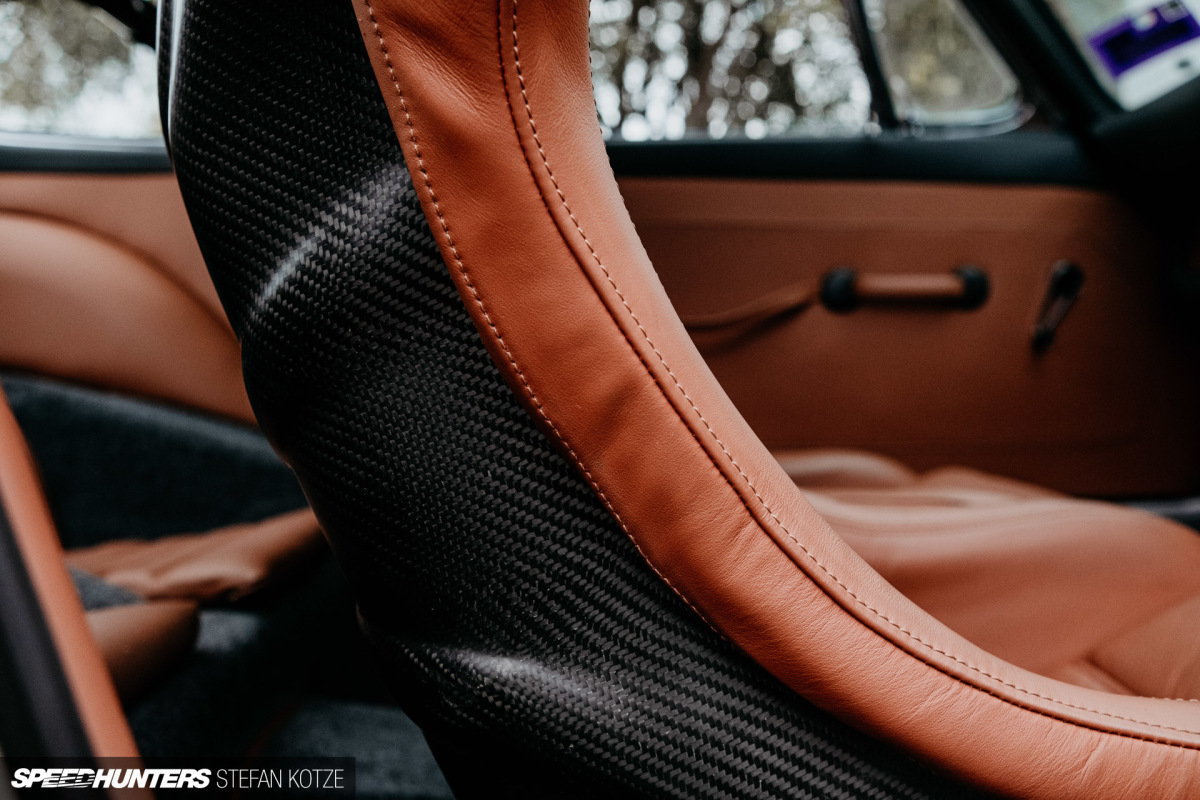
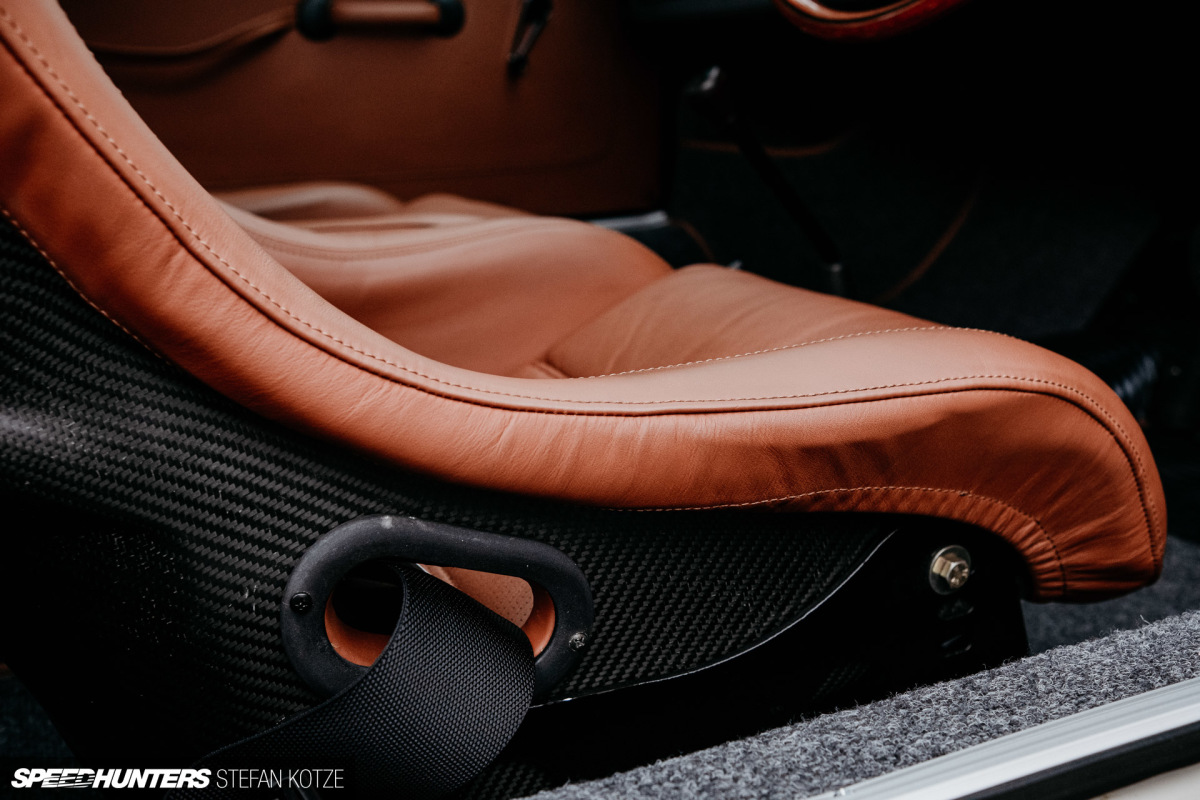
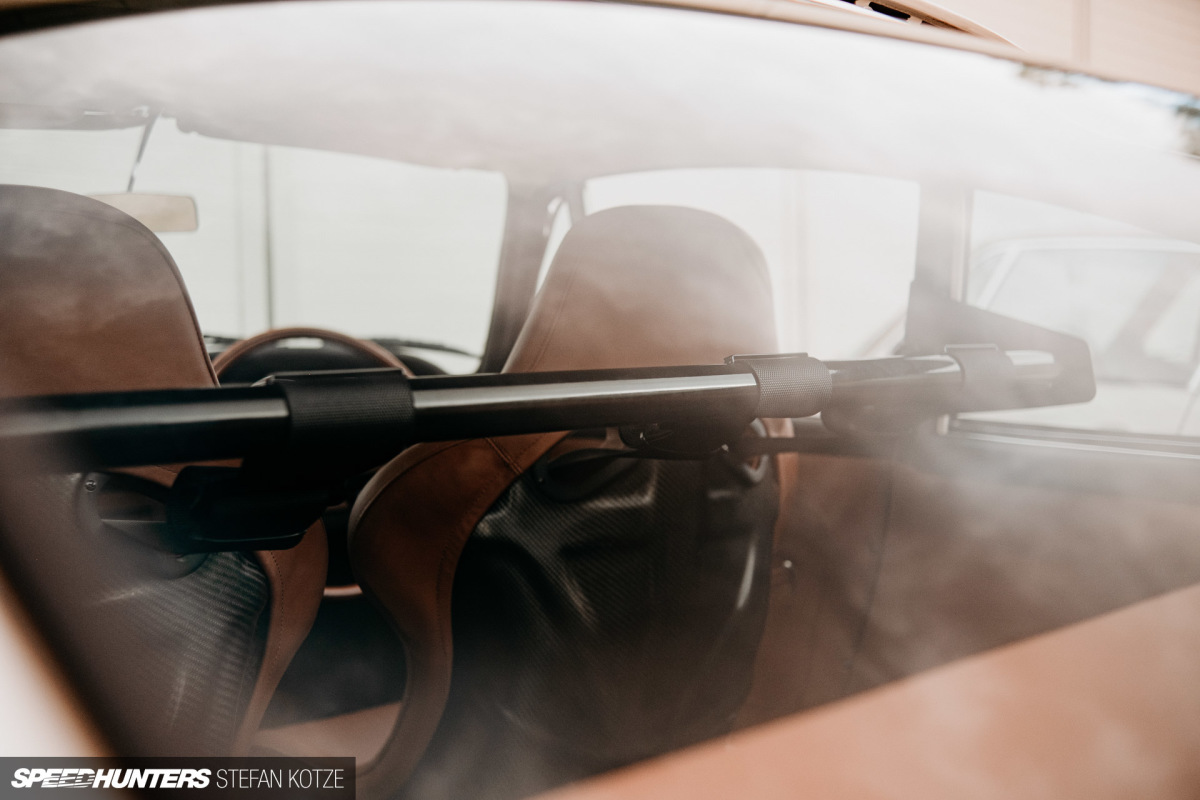
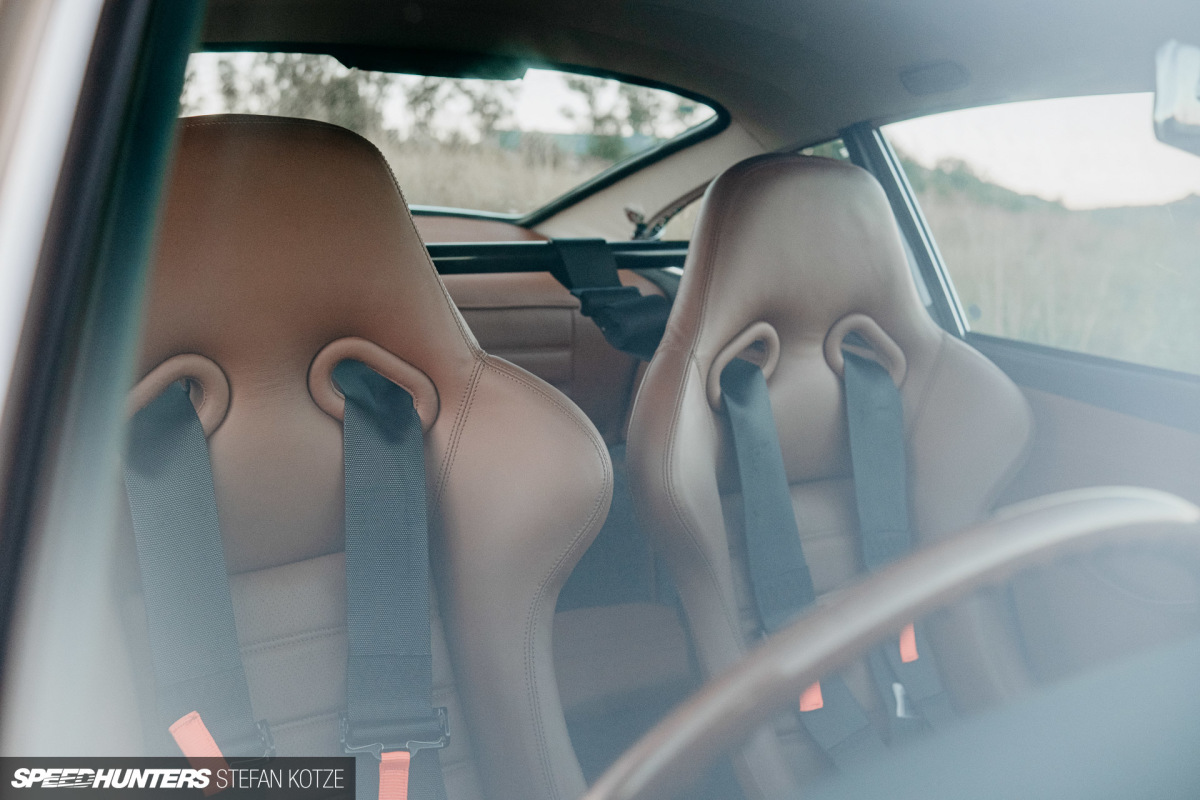
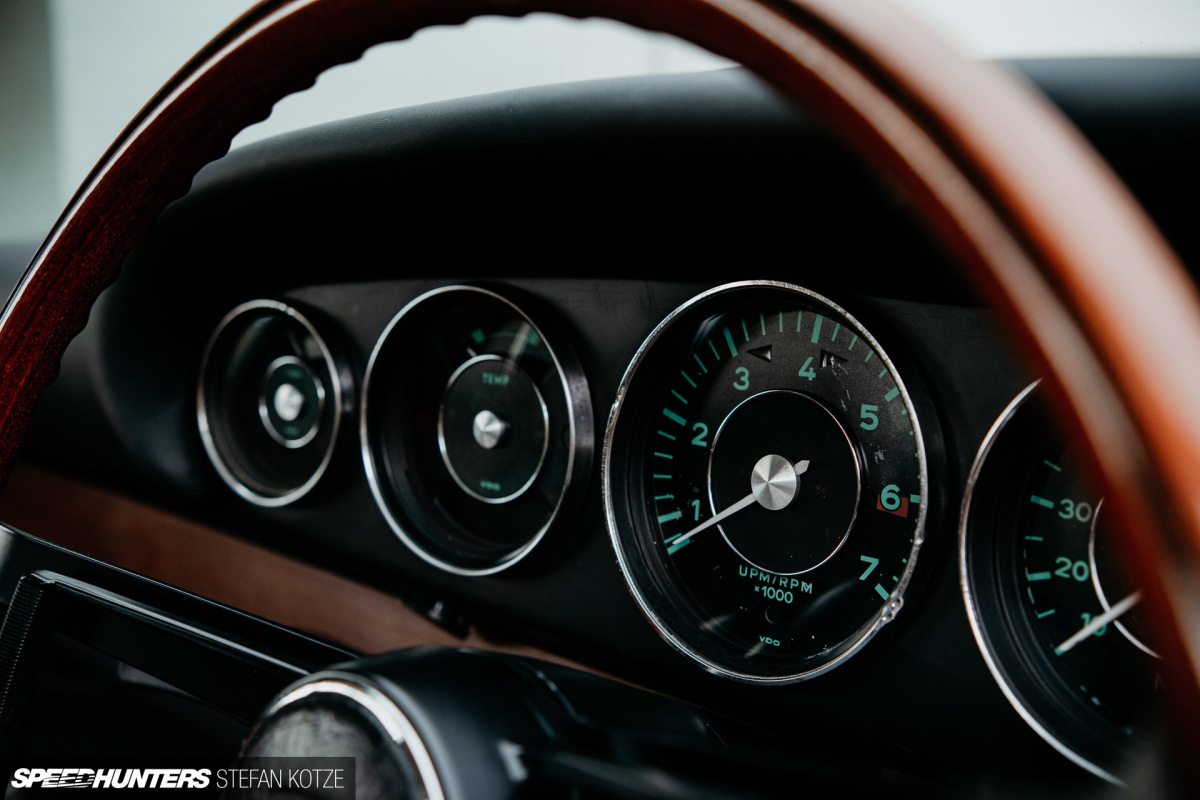
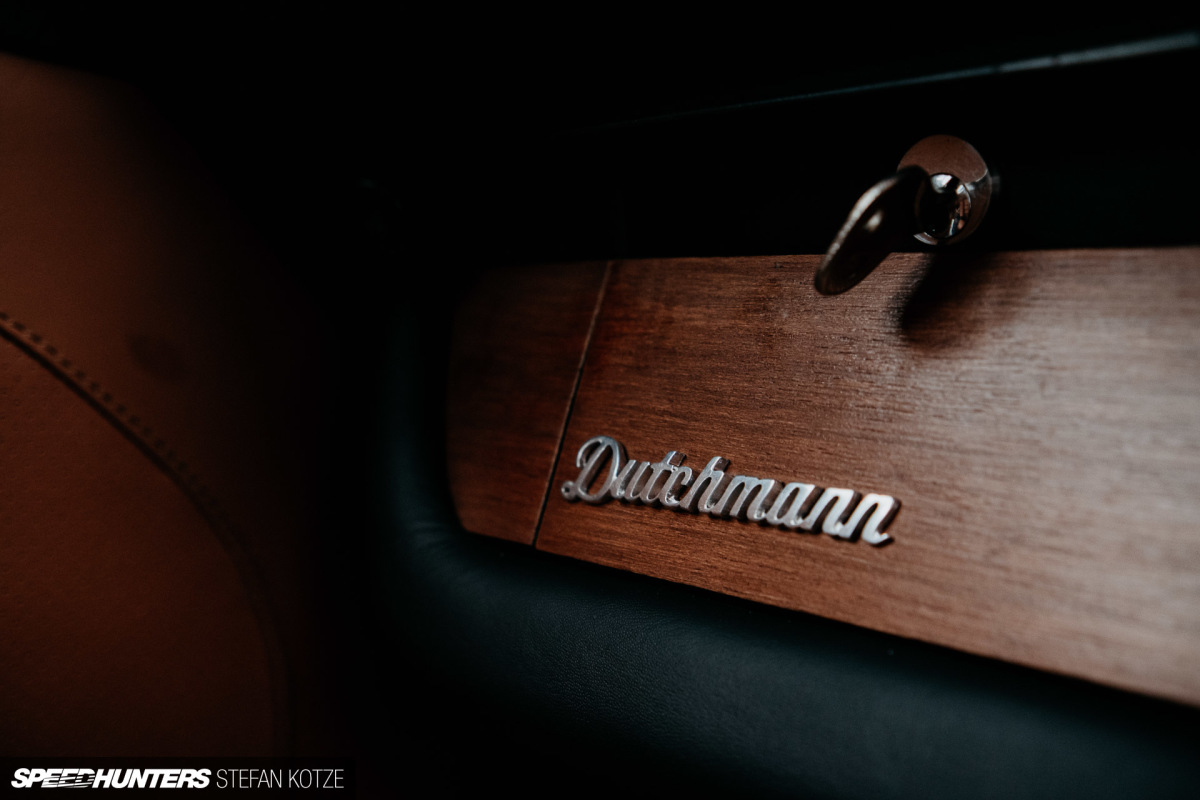
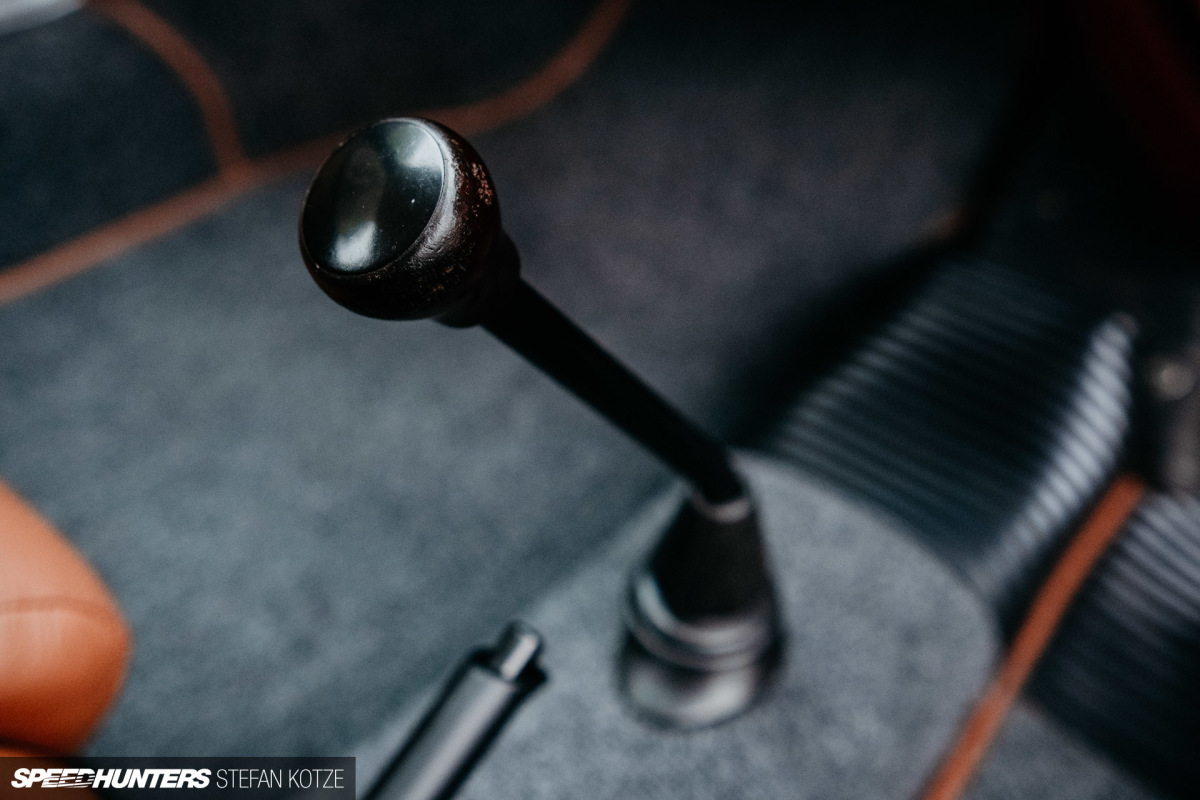
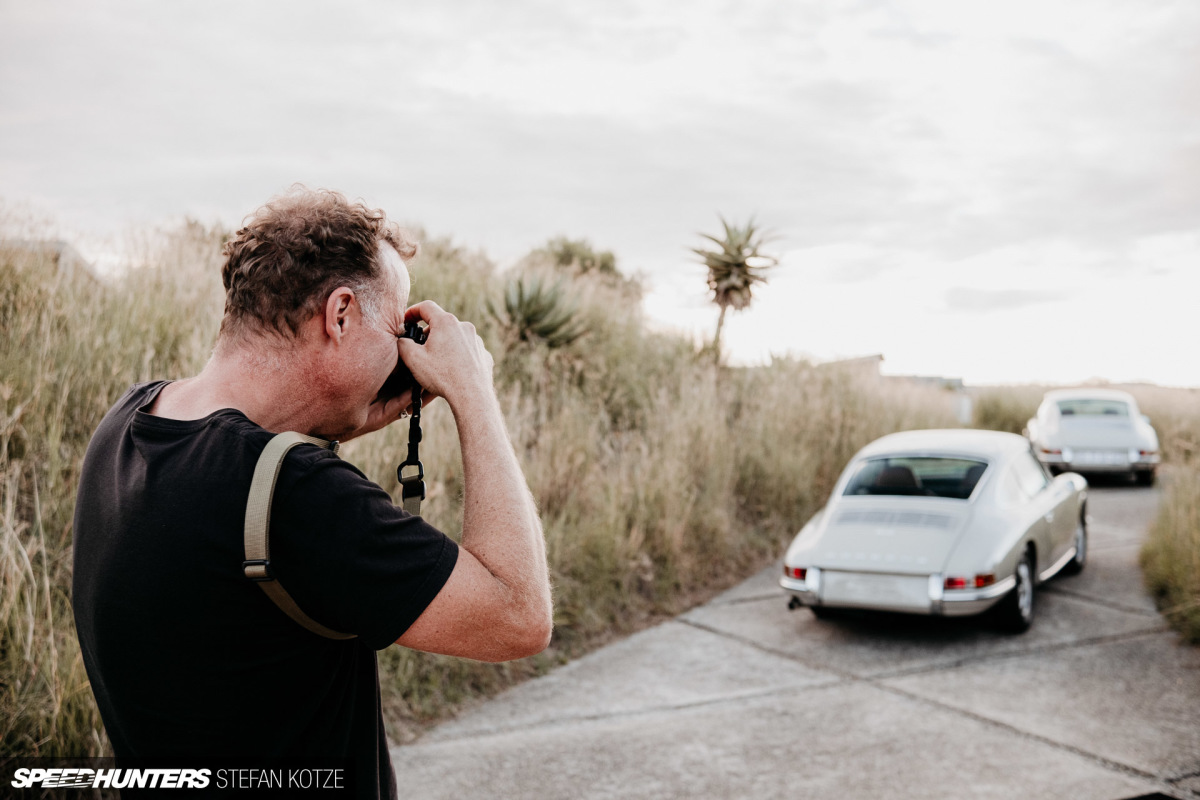
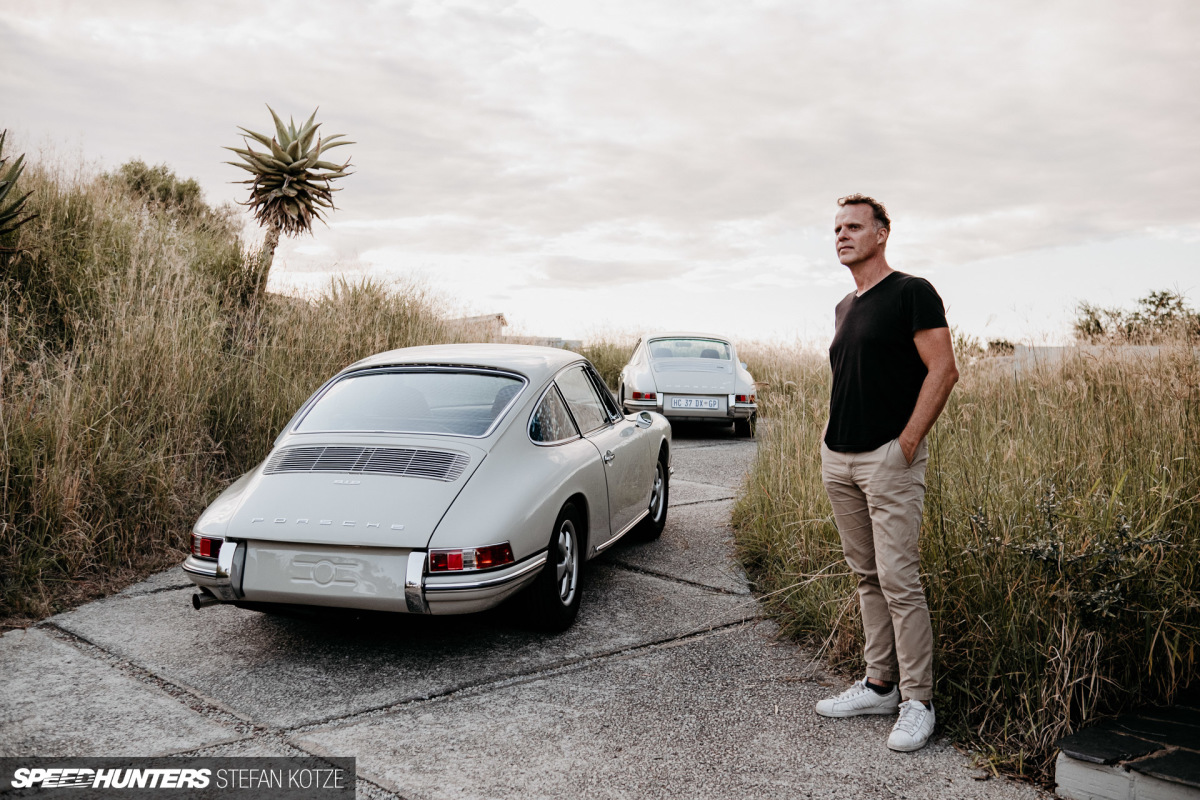





Excellent article, Improving on the original formula is the way to go...
Glad you like it. That's true, don't always have to reinvent the wheel.
Gorgeous vehicles! And definitely, the right way to tastefully update a classic!
Yeah I dig these old things. Colour suits it so well too.
So it's basically what Lotus' Colin Chapman has always said: "Adding power makes you faster on the straights. Adding lightness makes you faster everywhere".
Words to live by!
Great cars, great images, great writing, great story.
Thank you!
There may be two different ways but we can all agree that the 912 is a rad car
I honestly never knew they did an entry level model. Though it now makes sense that my dad jokes about 911s just being pretty vw beetles way back when lol.
Yeah that's pretty much what they were for sure.
absolutely beautiful piece
Ah, the good ol' "high-profile 196/60 tyres"
I prefer letting those old cars true noise over all those "fake" sounds cars make today.
All those rumbling and screaming. Goosebumps!
Real cars over computer generation cars for sure.
In my opinion, big rims on a 920 have never looked good. Apart from that the interior looks insane, as if it was taken out of a rolls royce lol.
Big wheels are definitely more of a niche. Small wheels are my choice too.
Sorry i meant 912.
Love the build ethos behind this 912. Just an absolute properly built specimen.
I really appreciate cars that have a ton of work put into them without going the "easy" route of adding more power:) Not really for the "purity" but more so because I think less power meant you can drive it on the limit more (don't actually have a car so these are just educated guesses) and simple cars look really cool!
That's very true. You can always drive a slow car fast and it'll be more exciting than having to drive a super fast car slow.
I really like it
Looks like malaysian roadtax